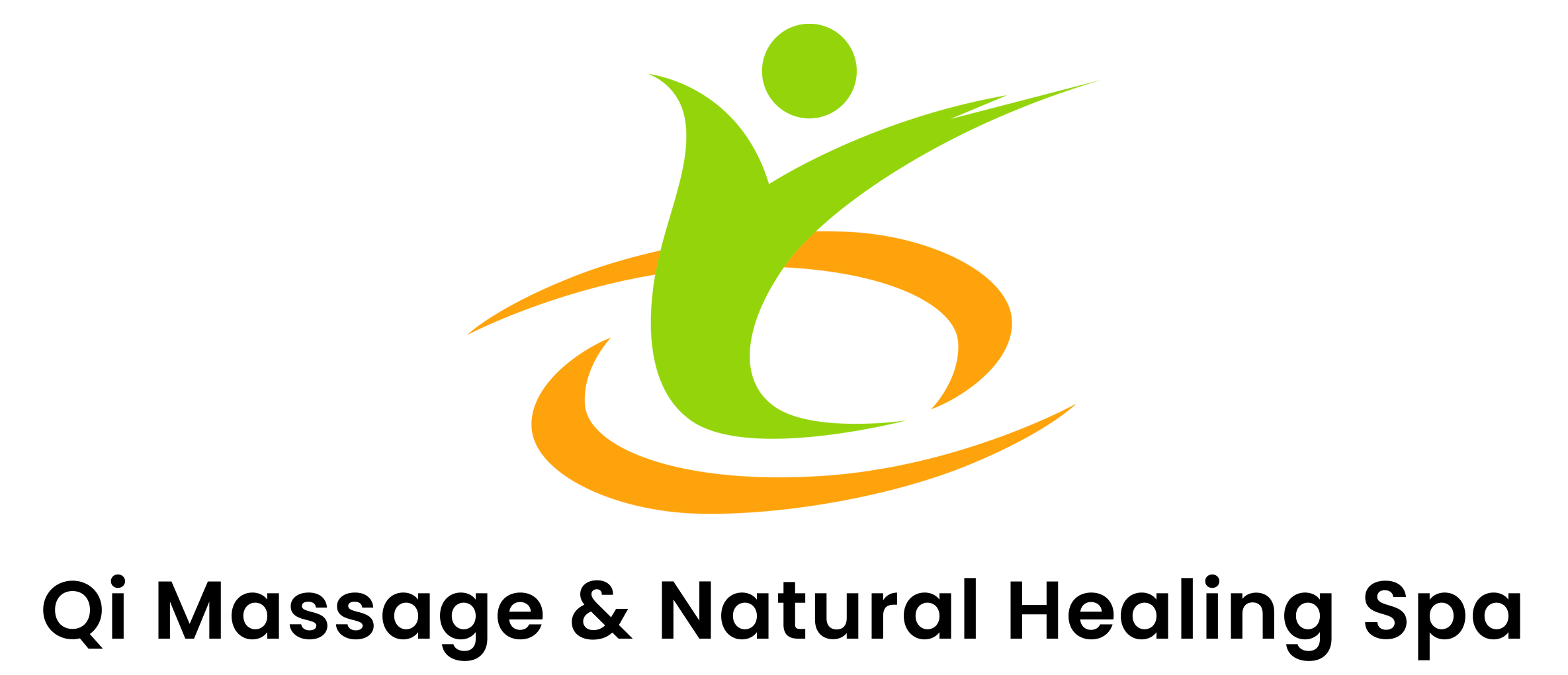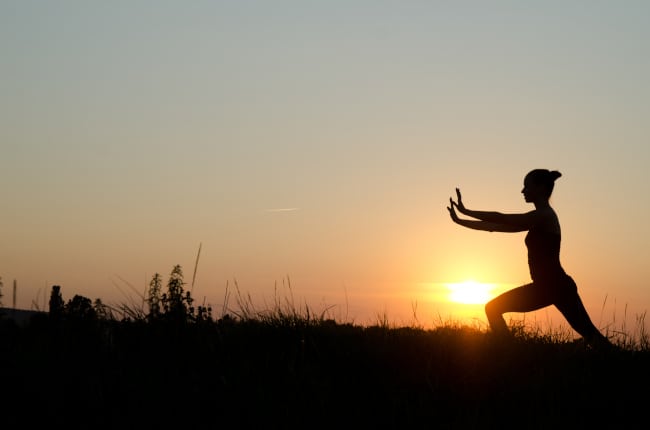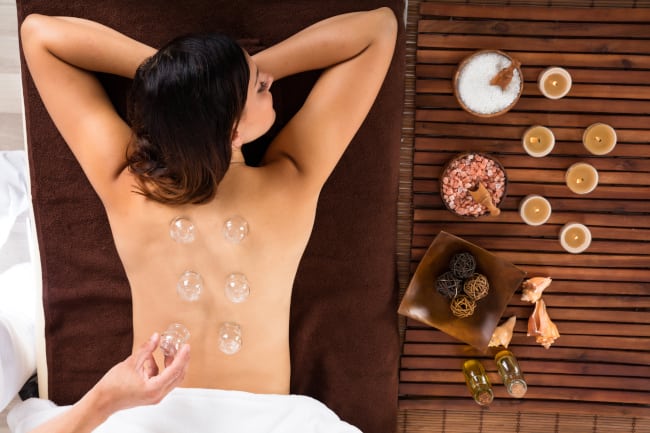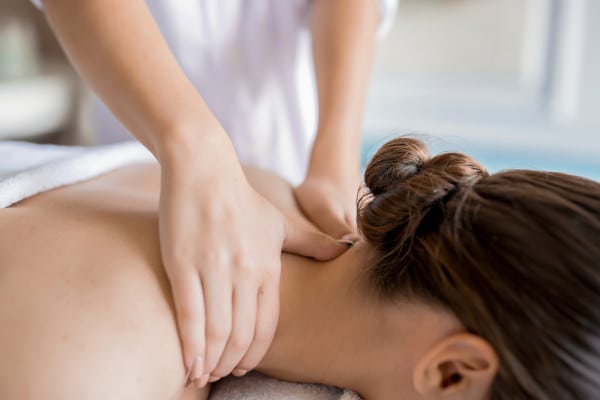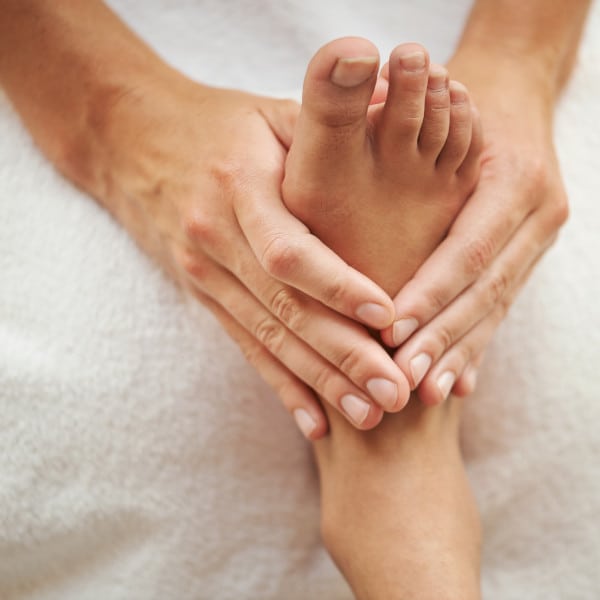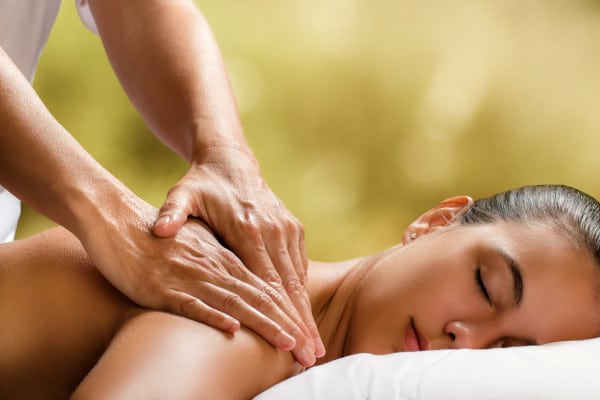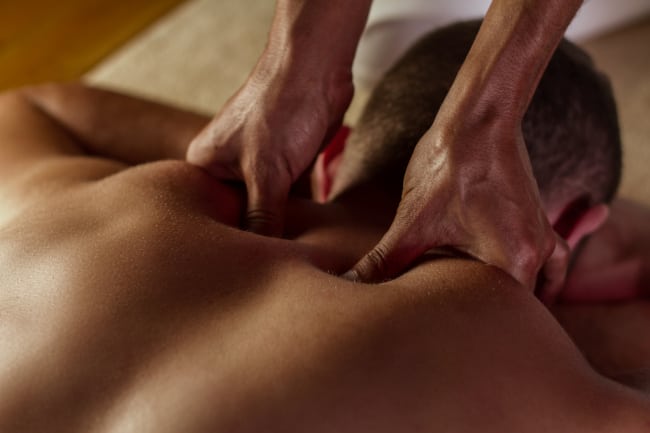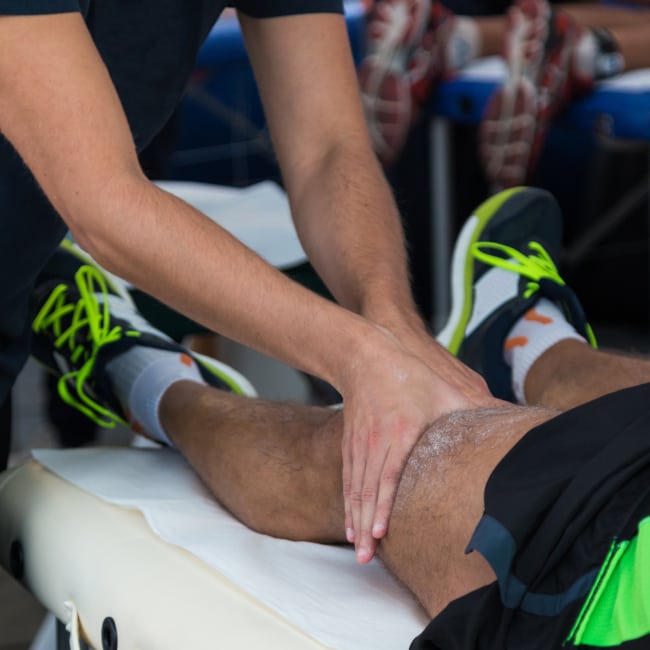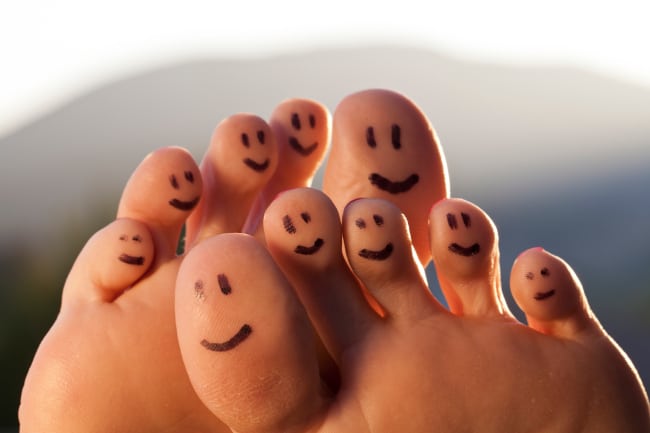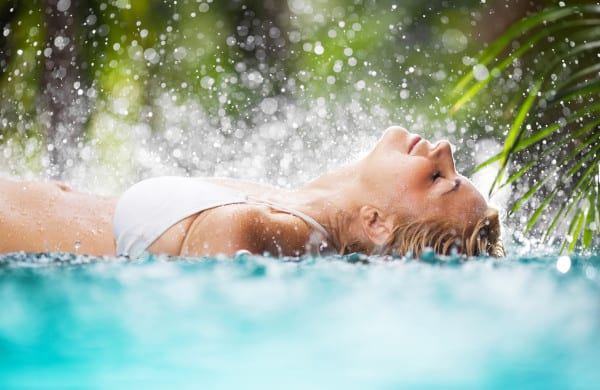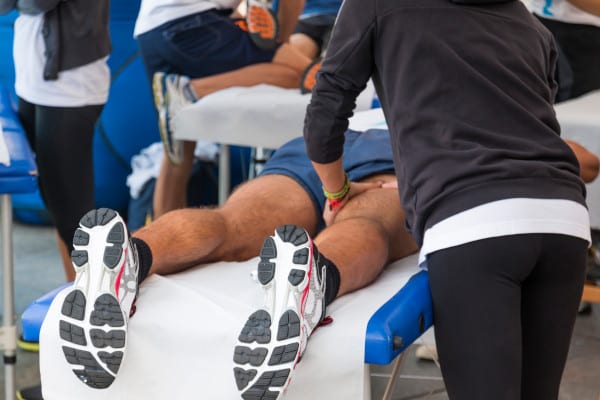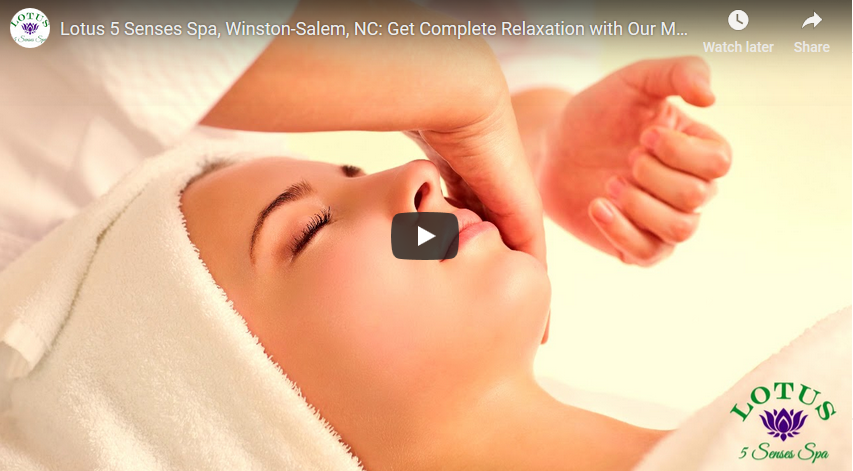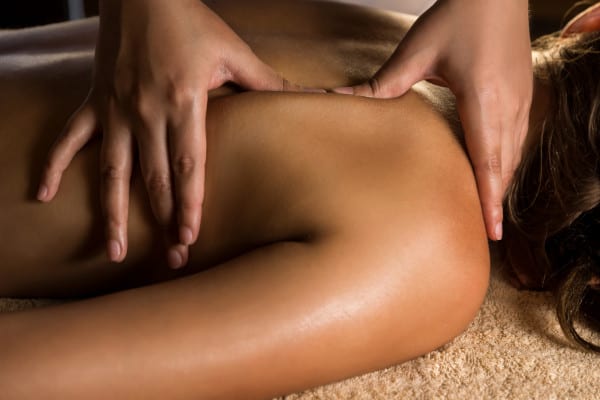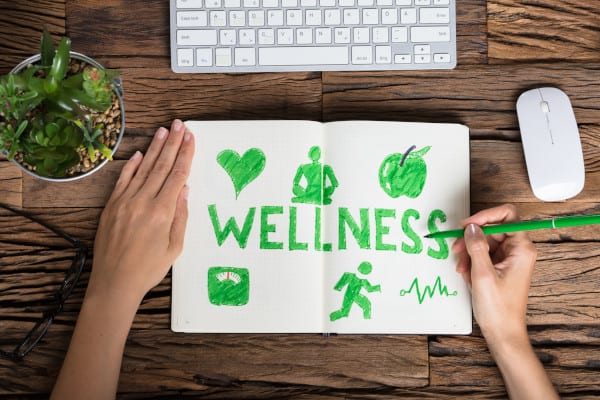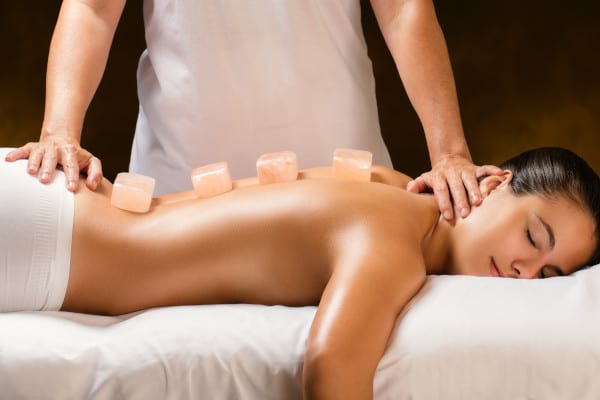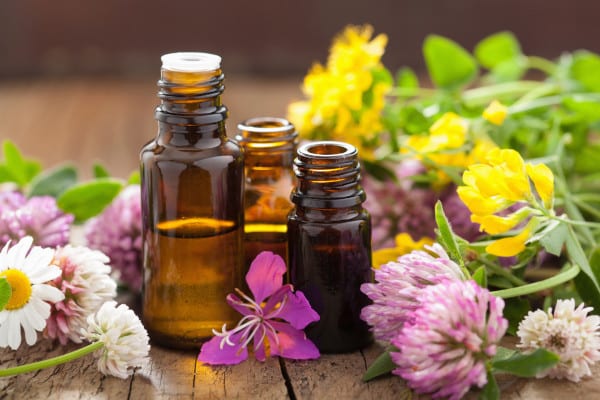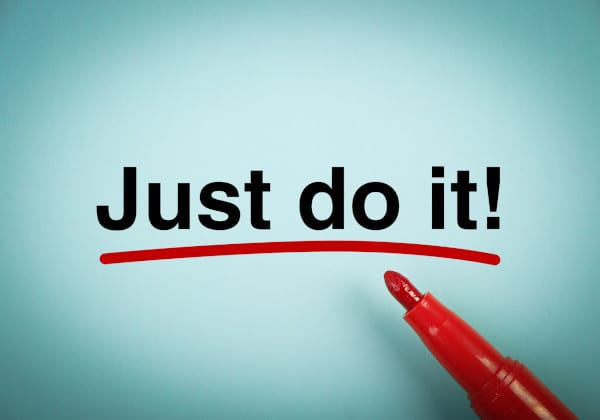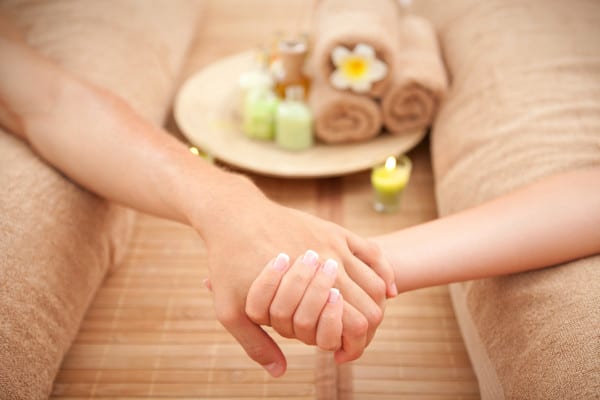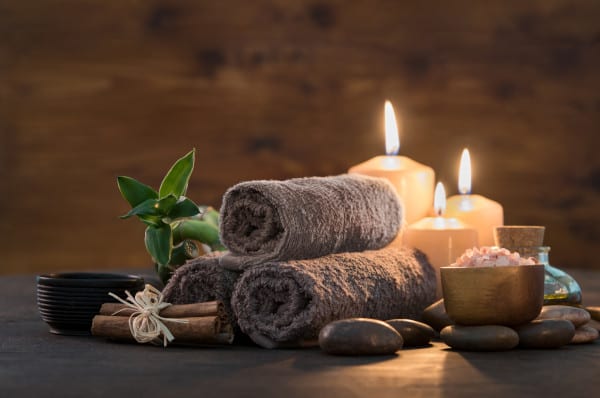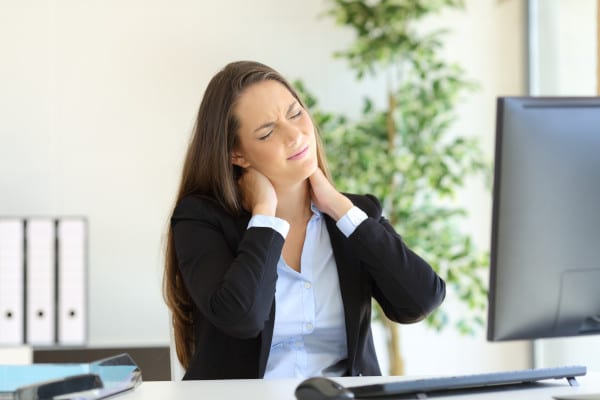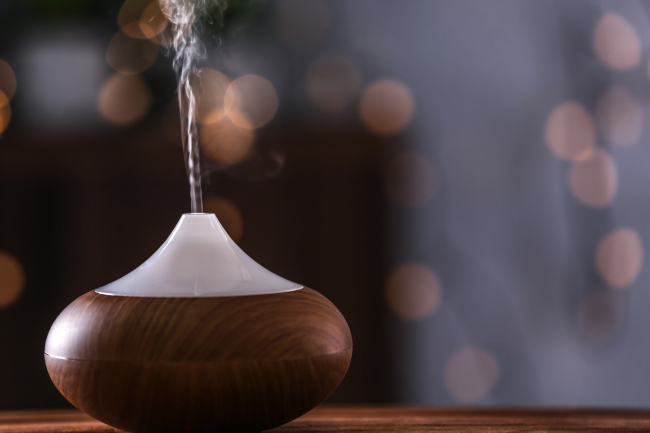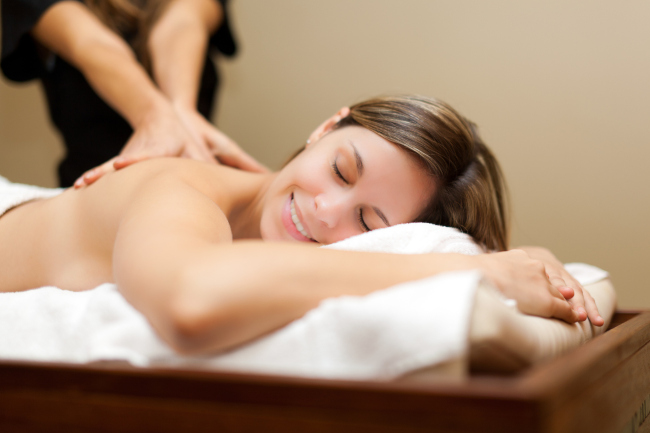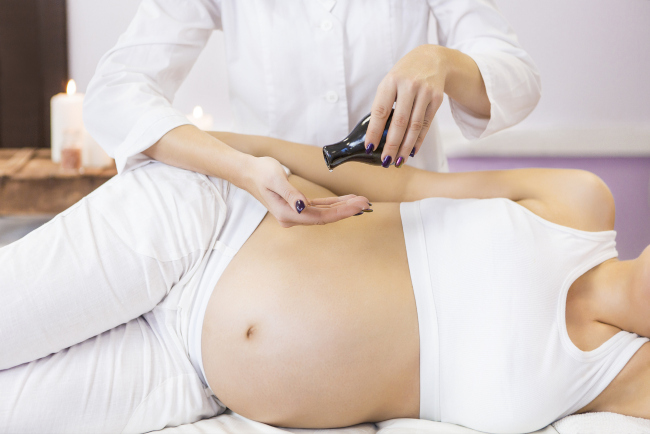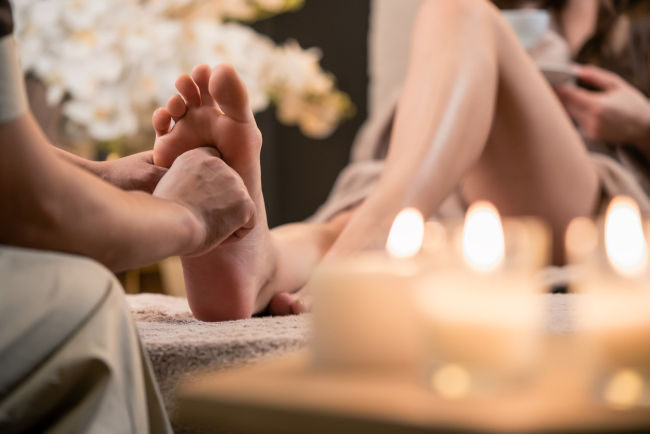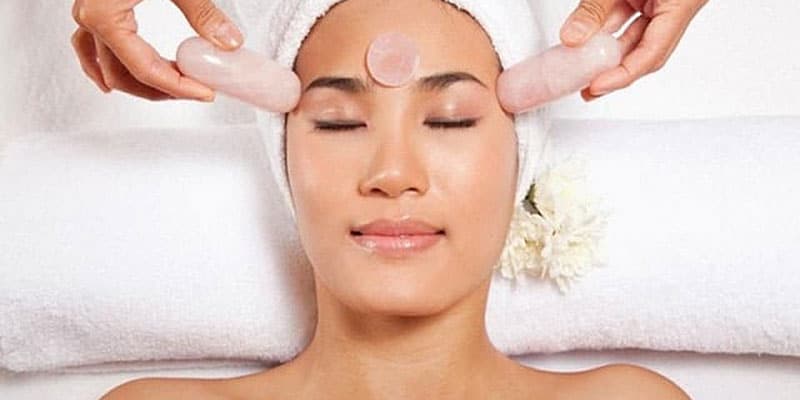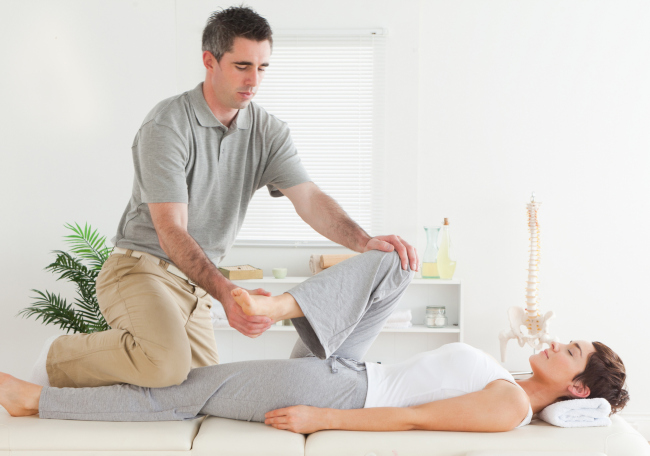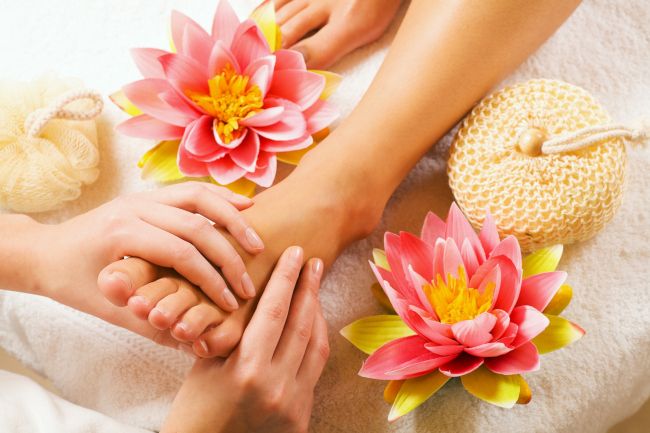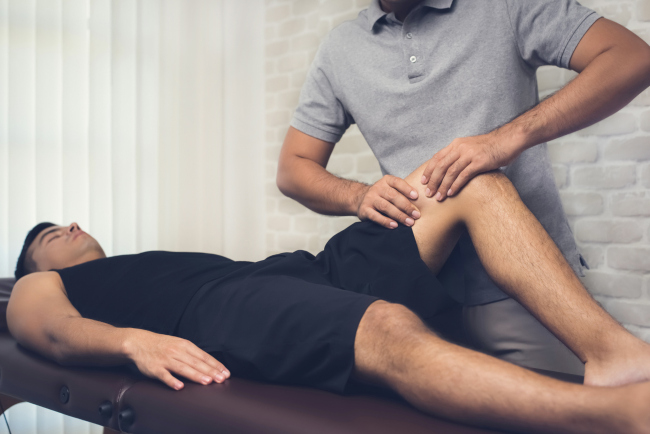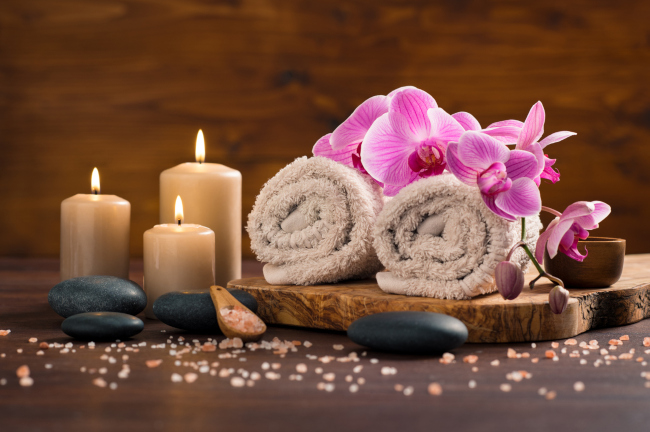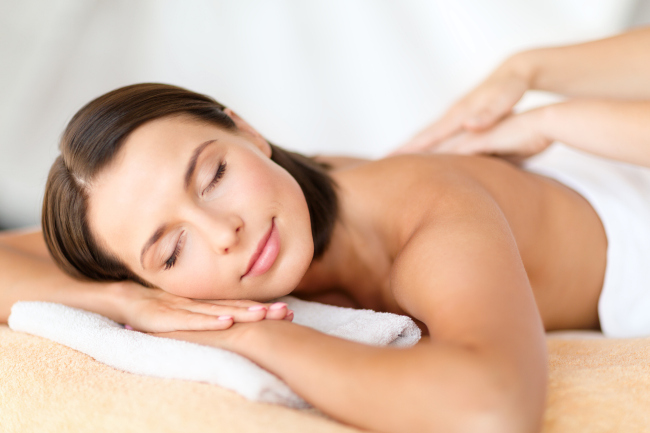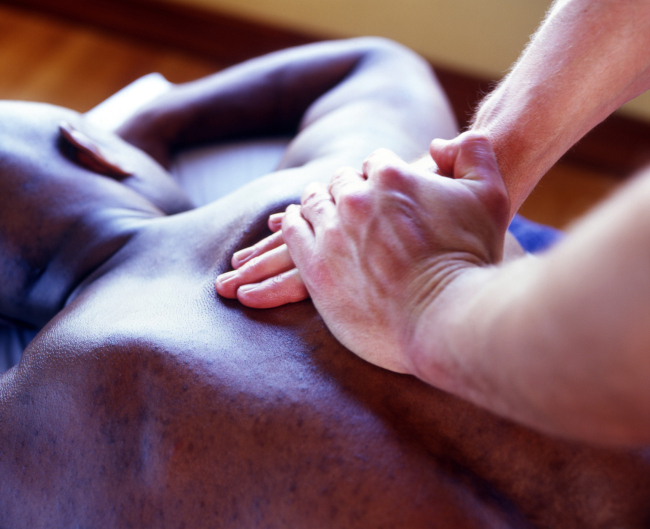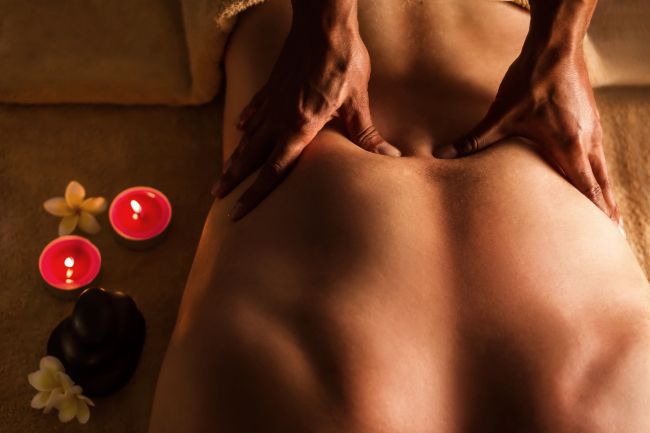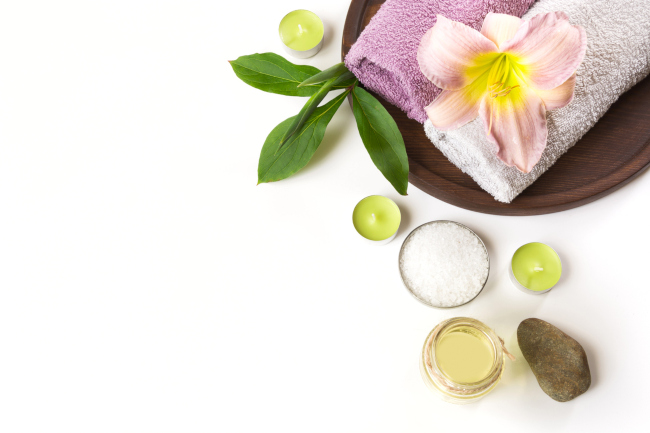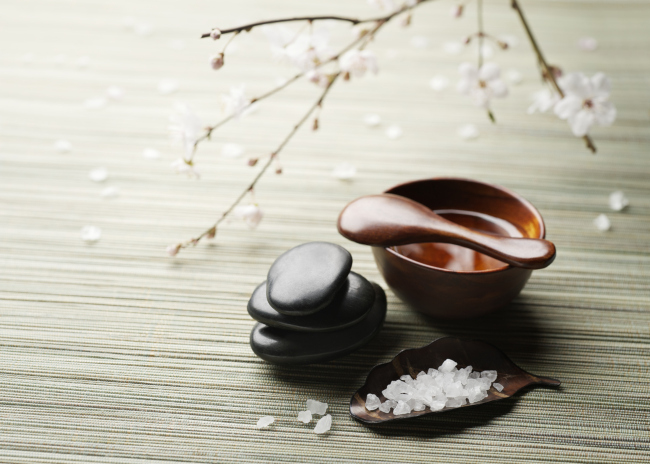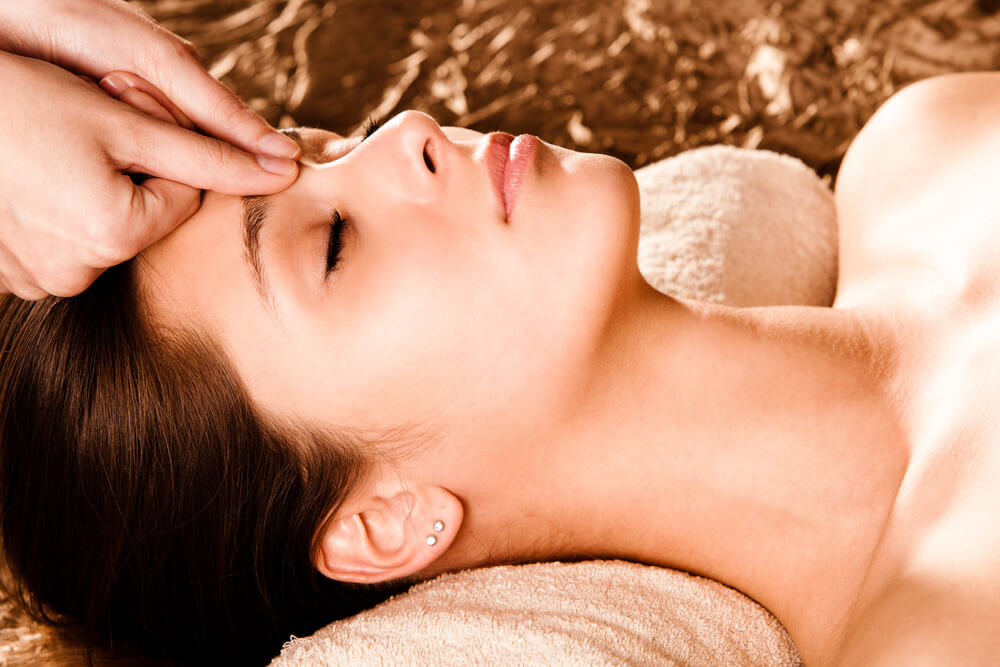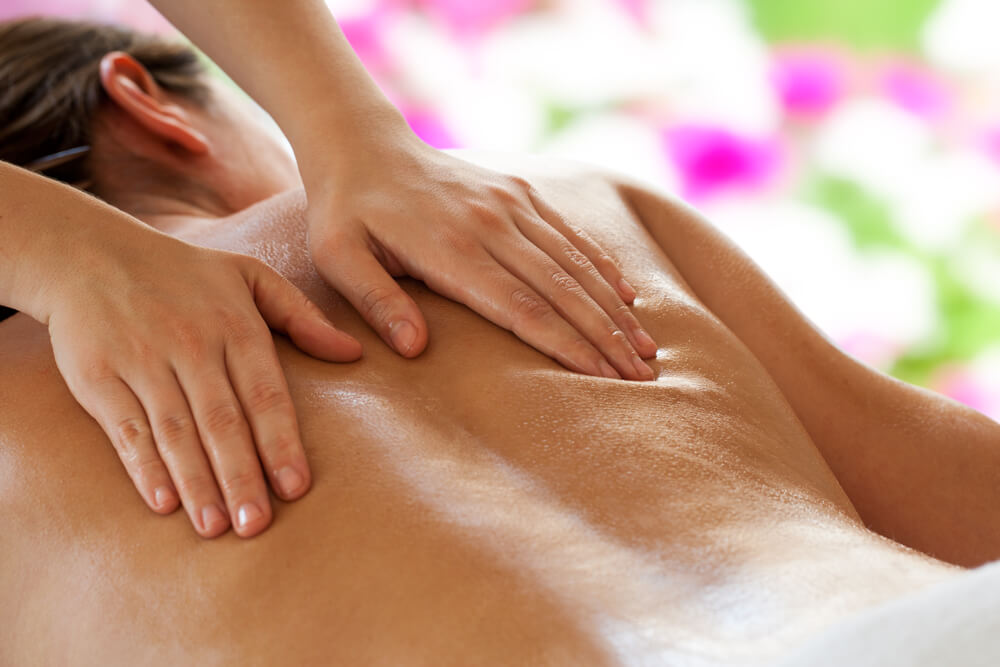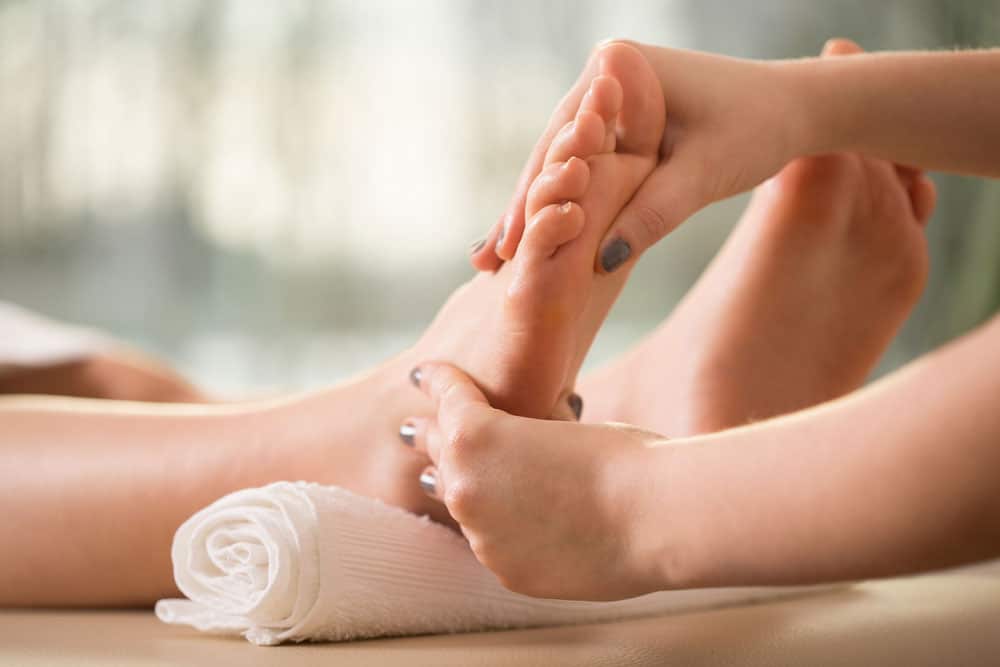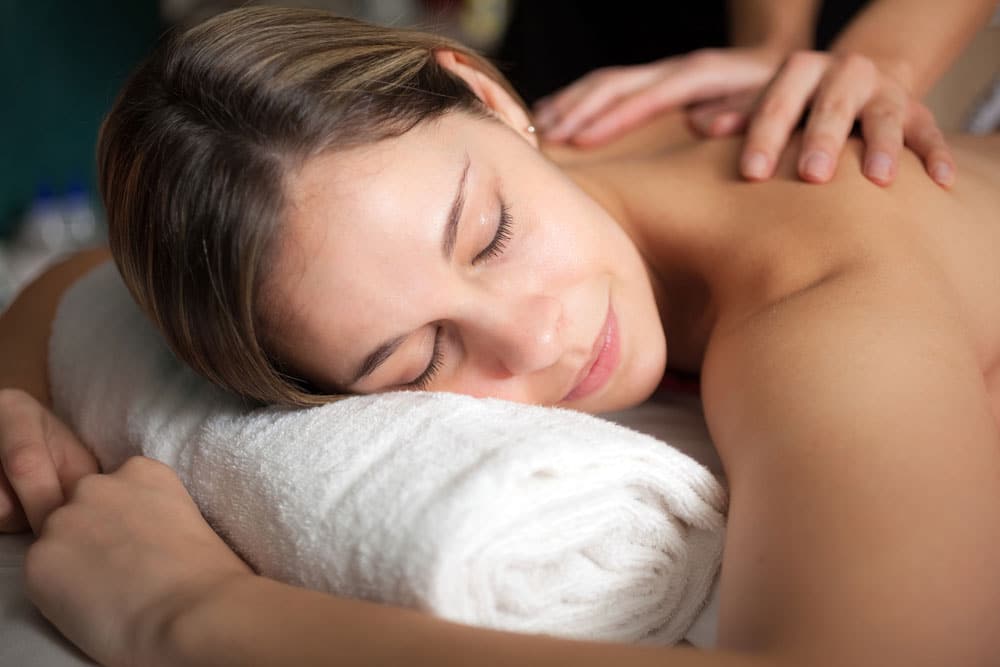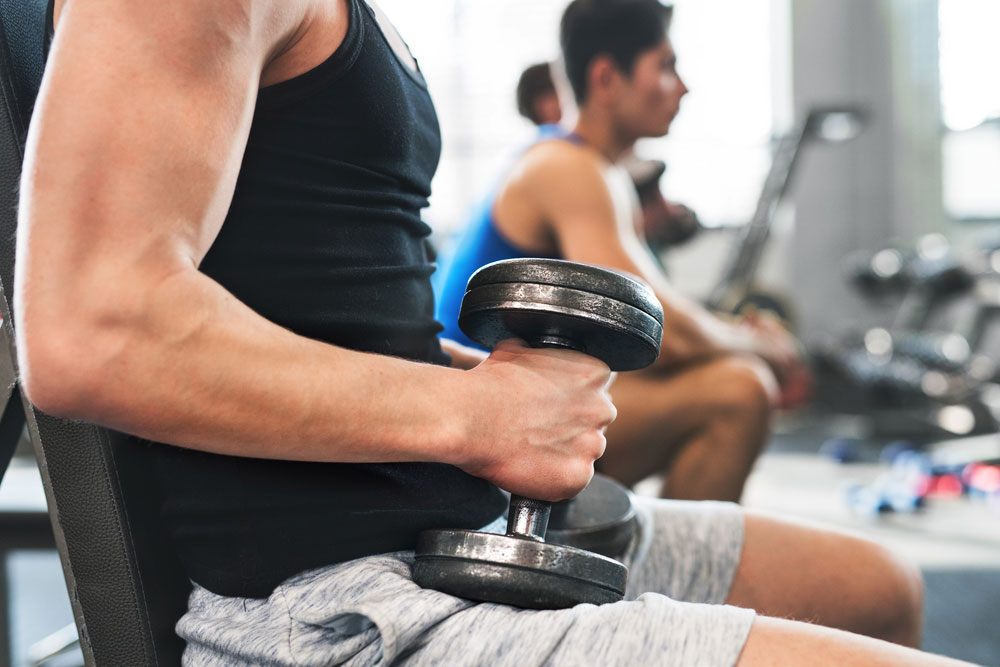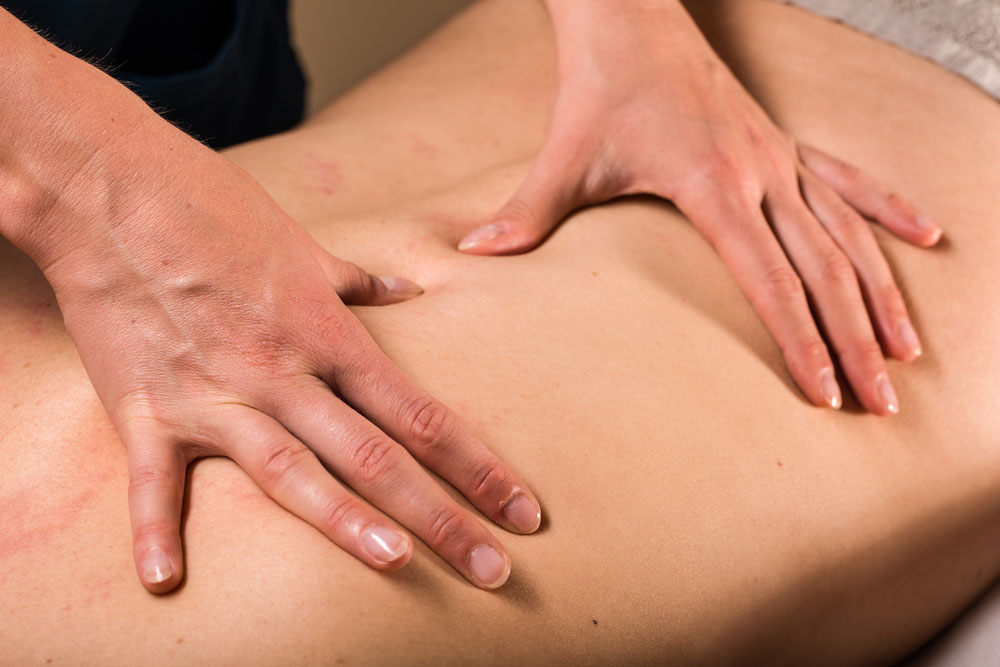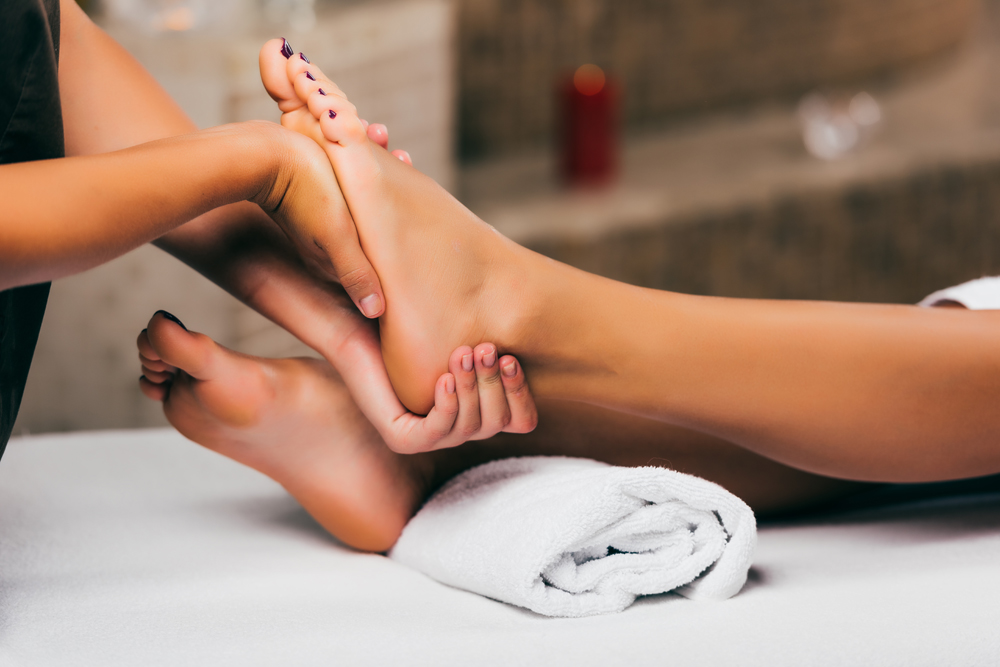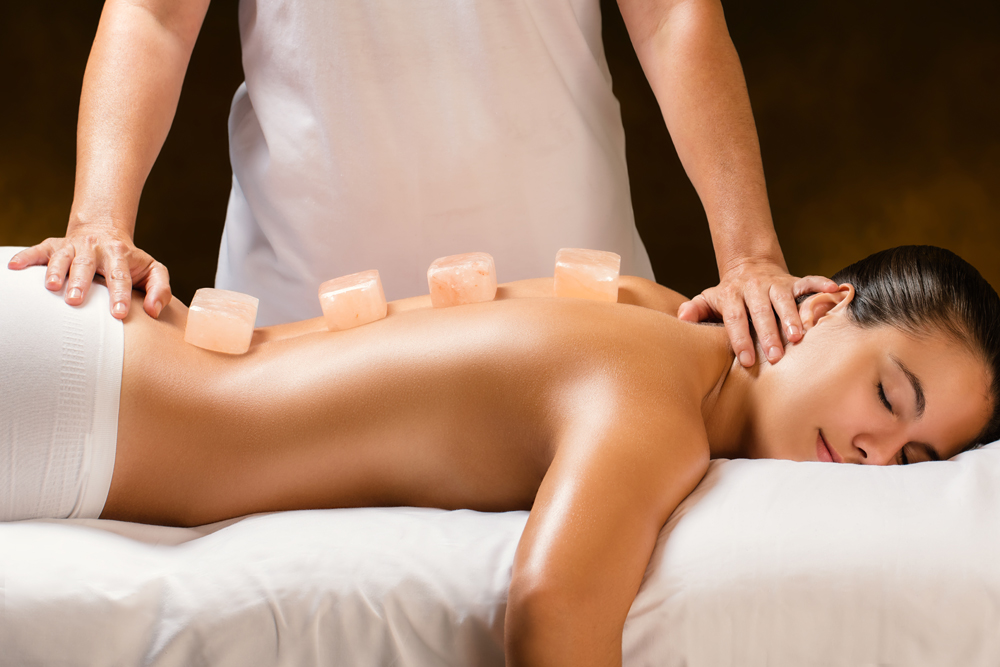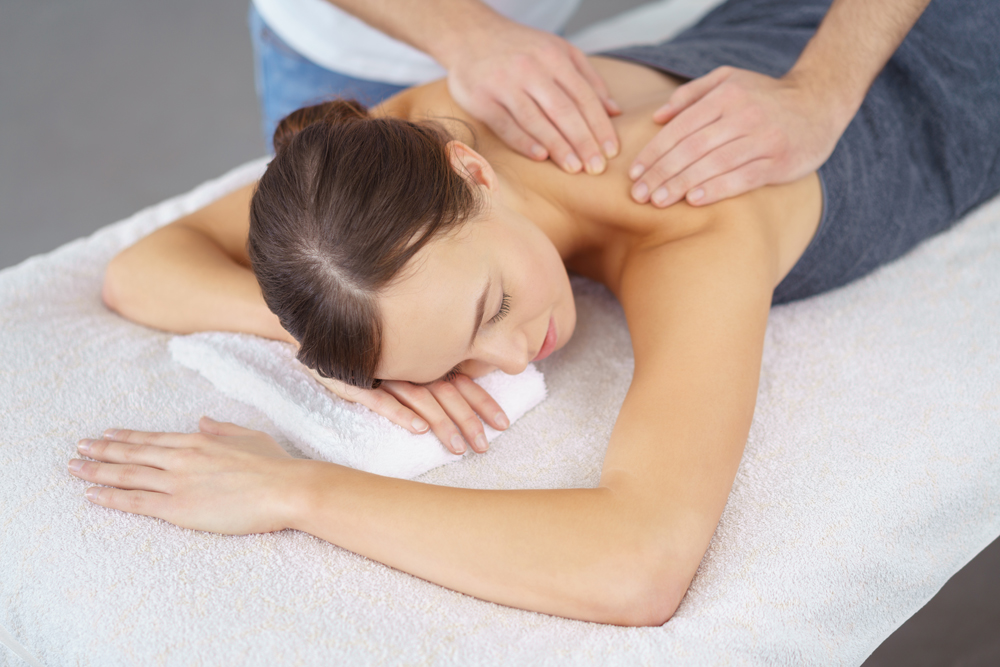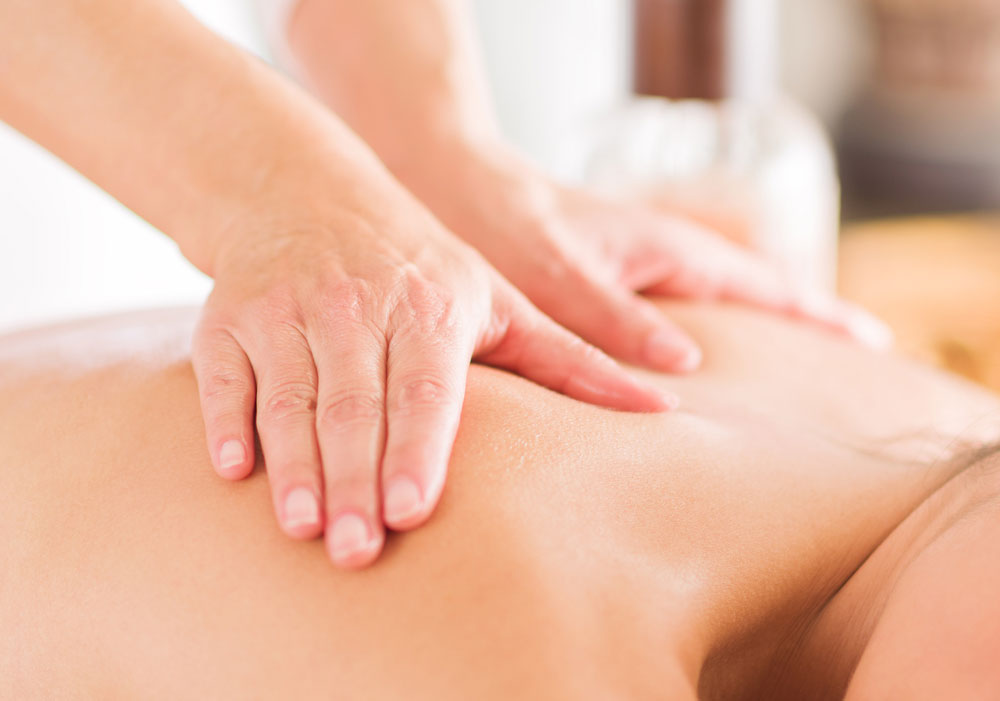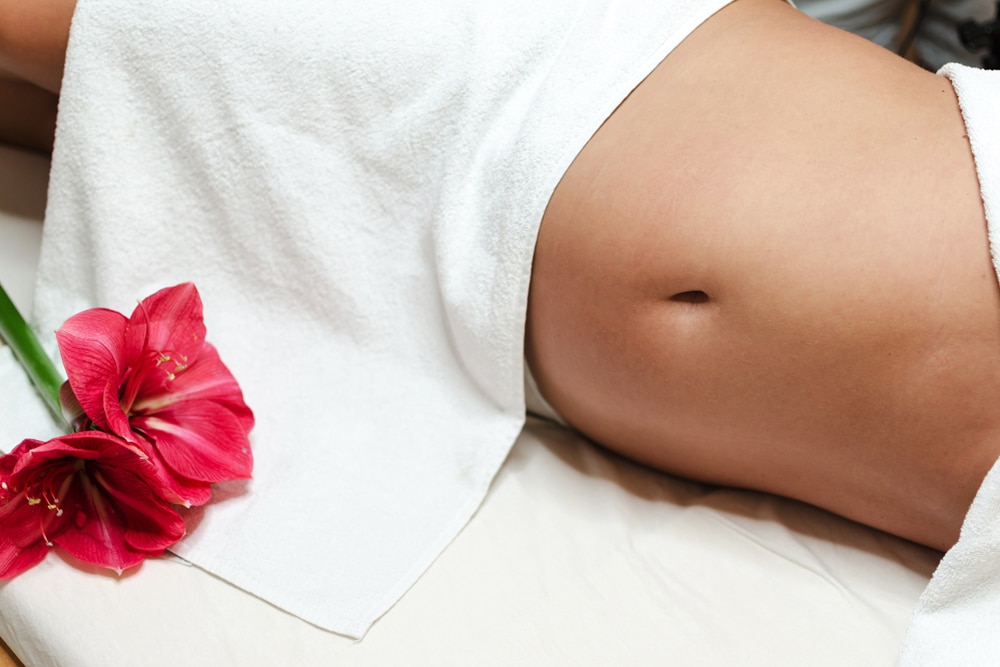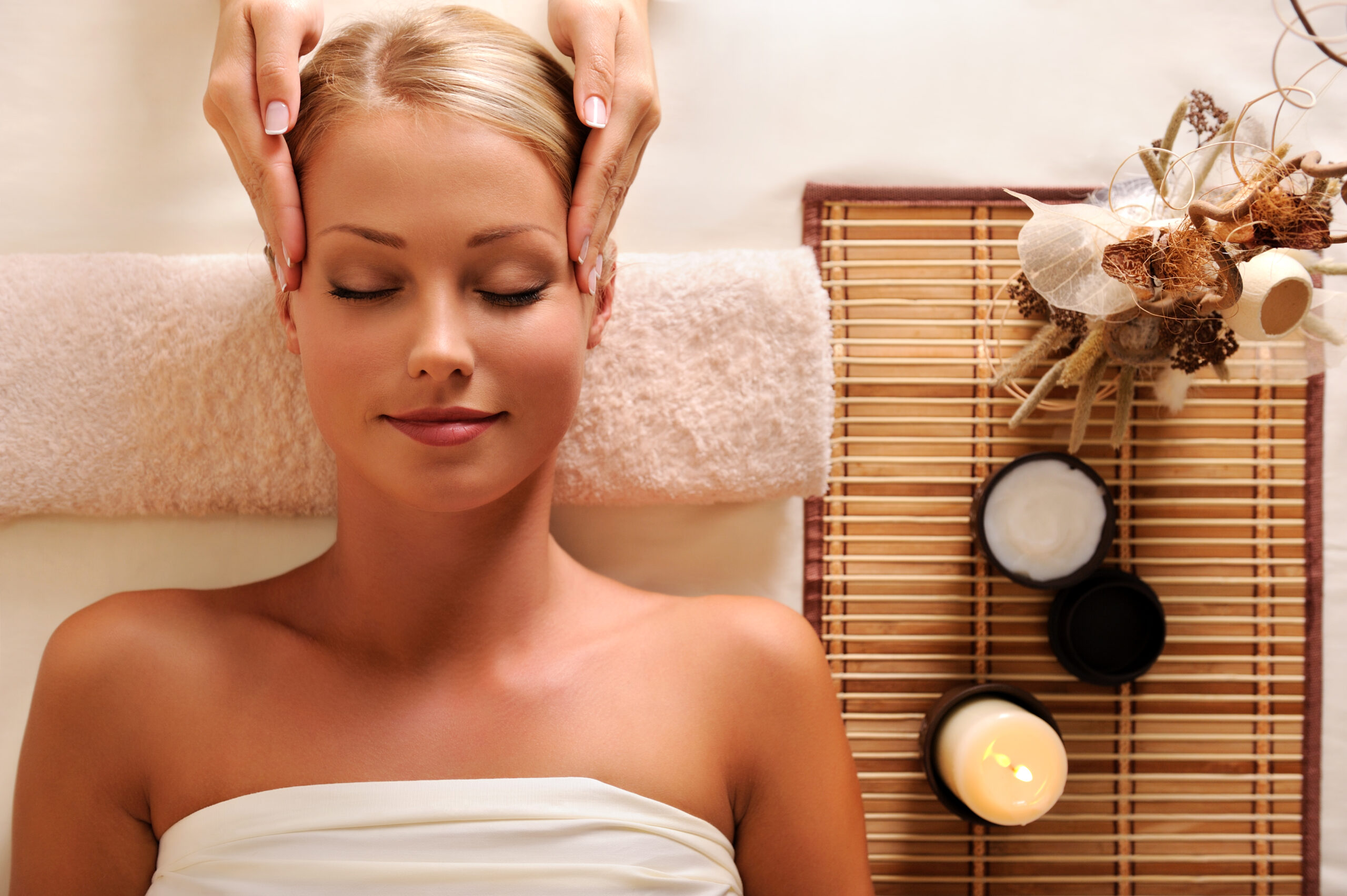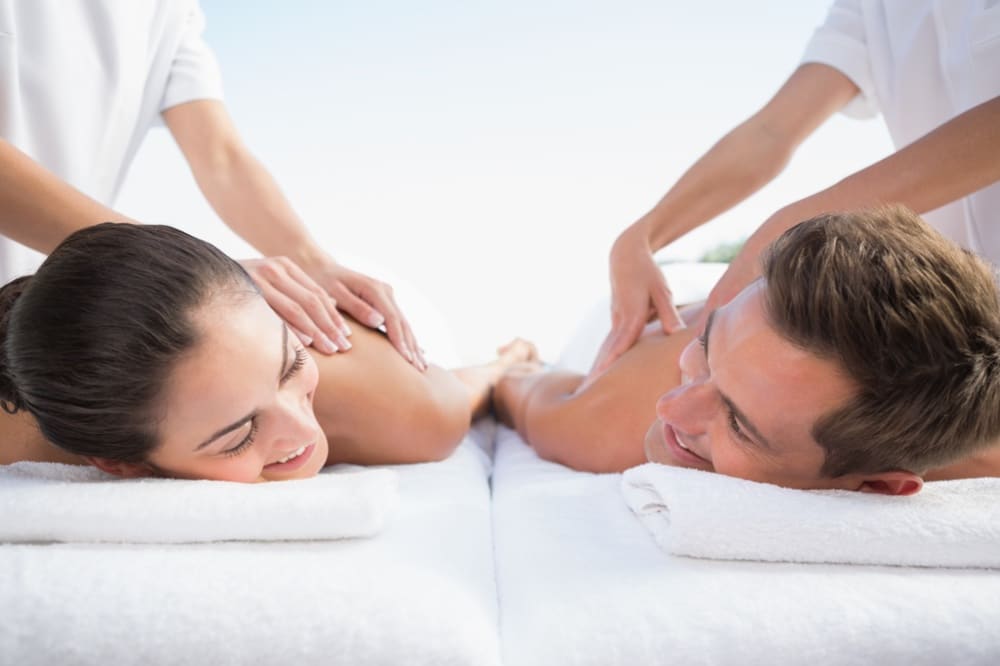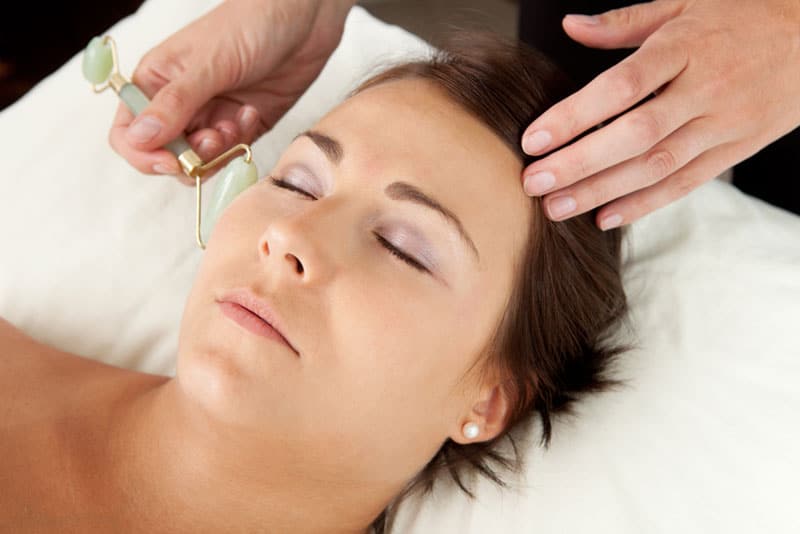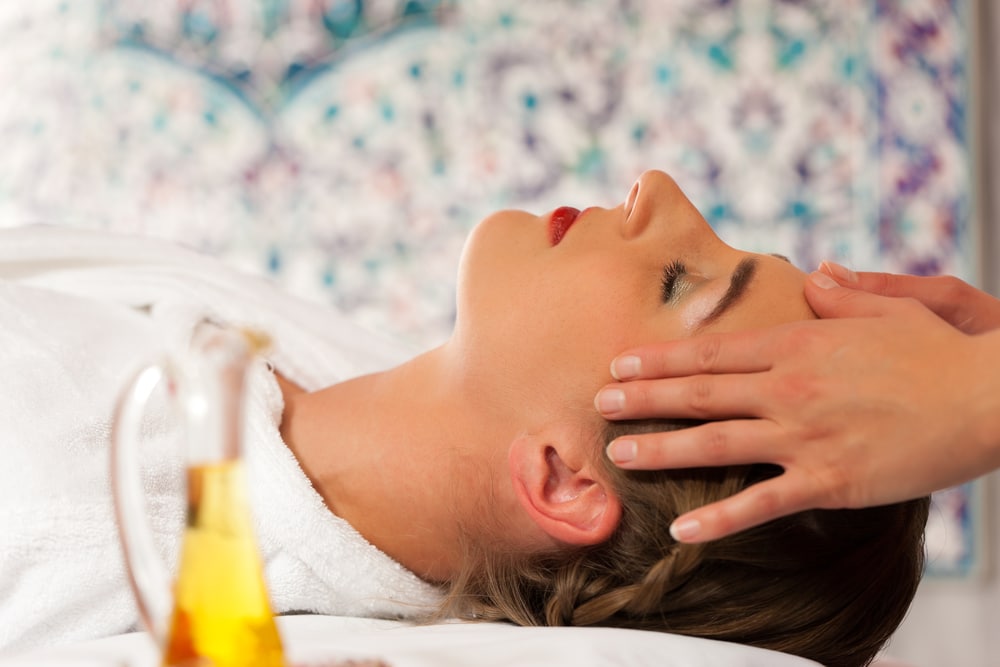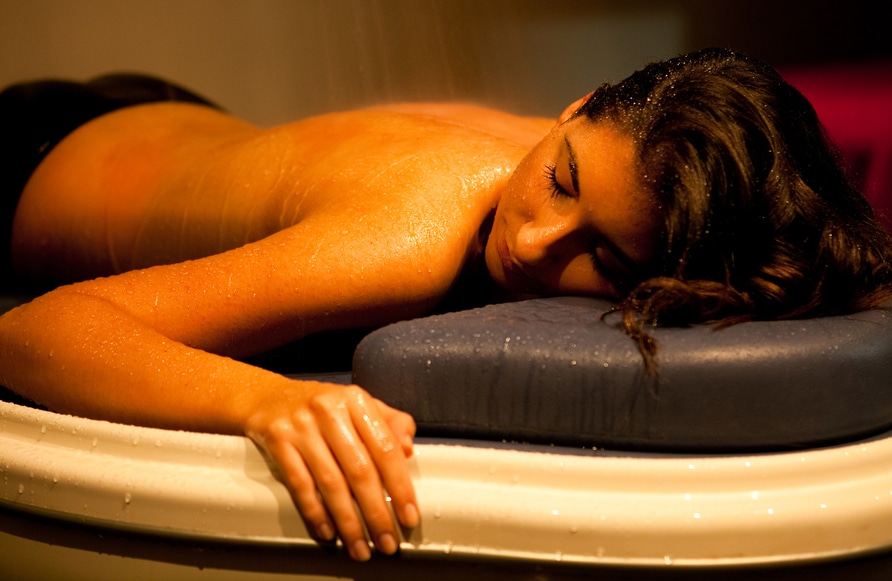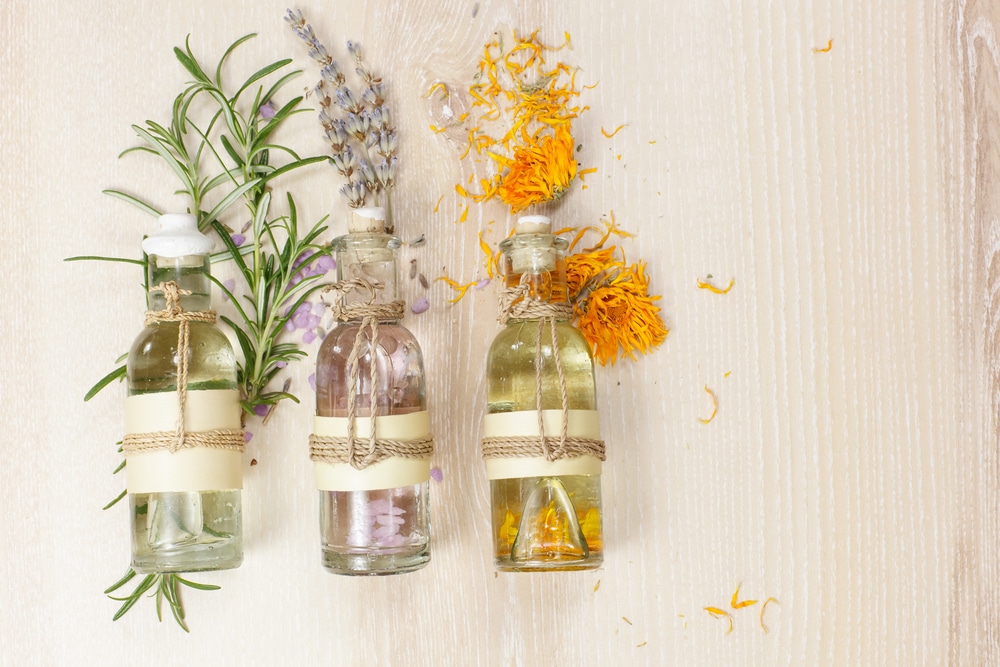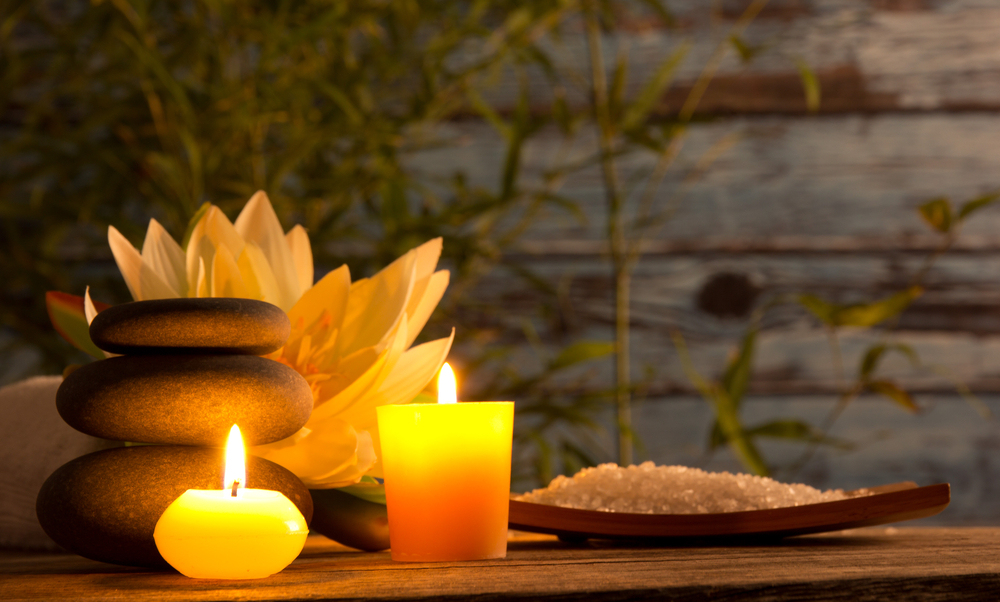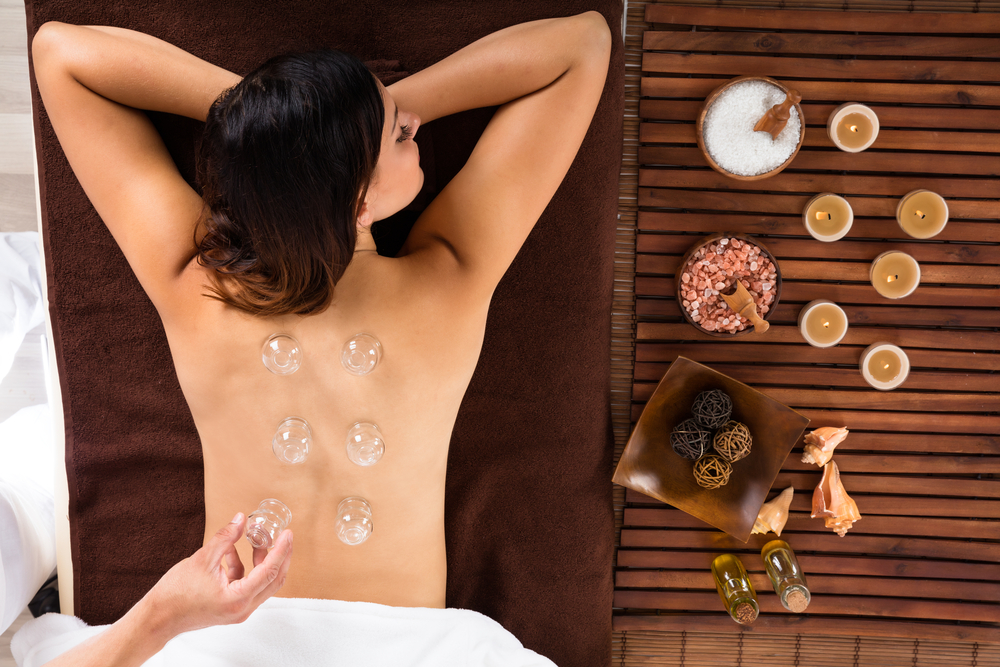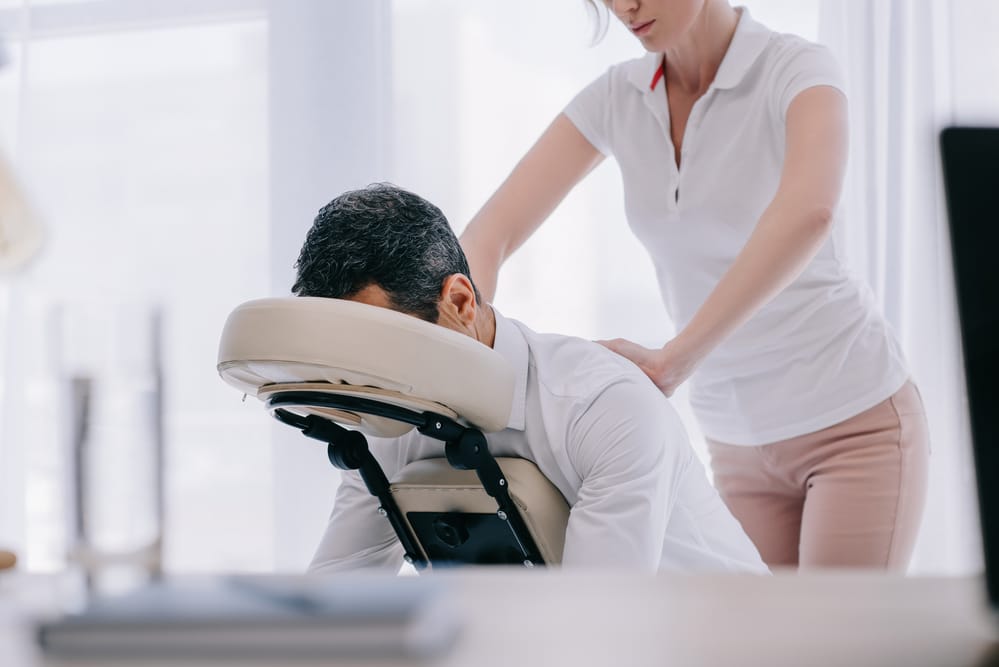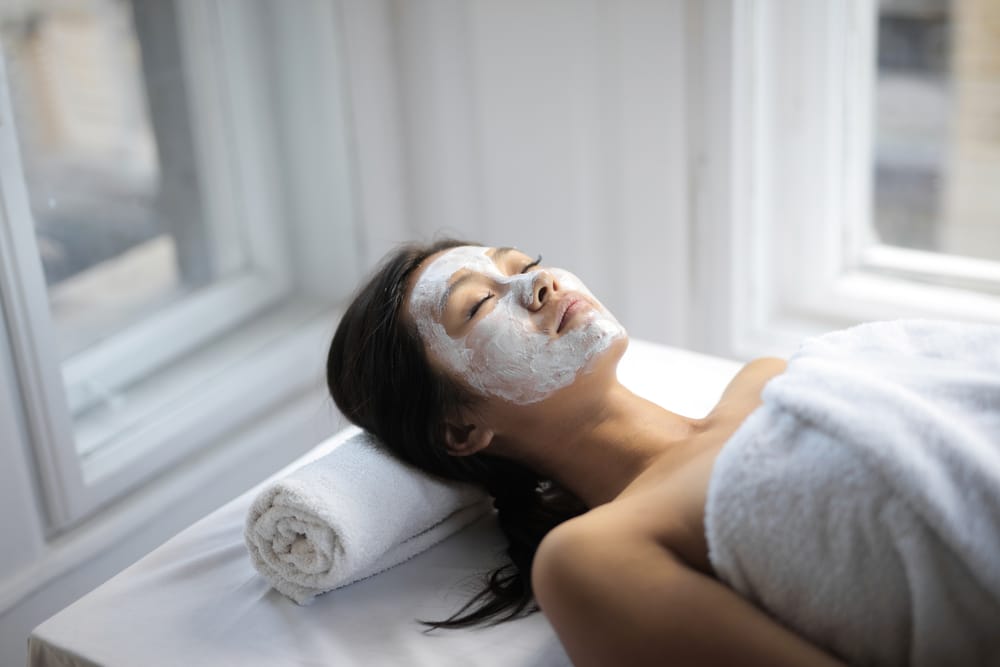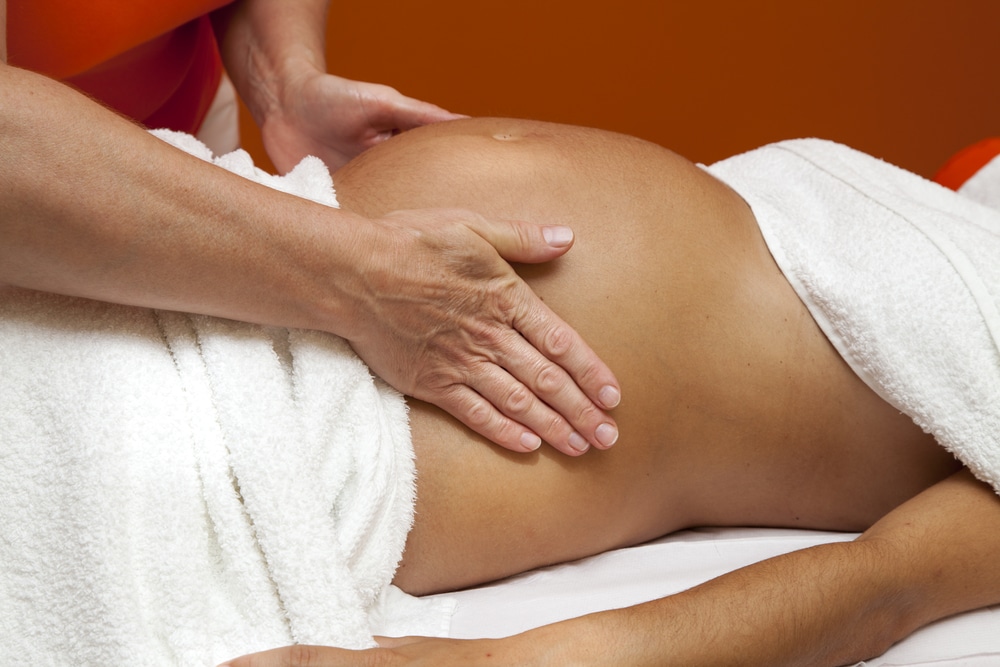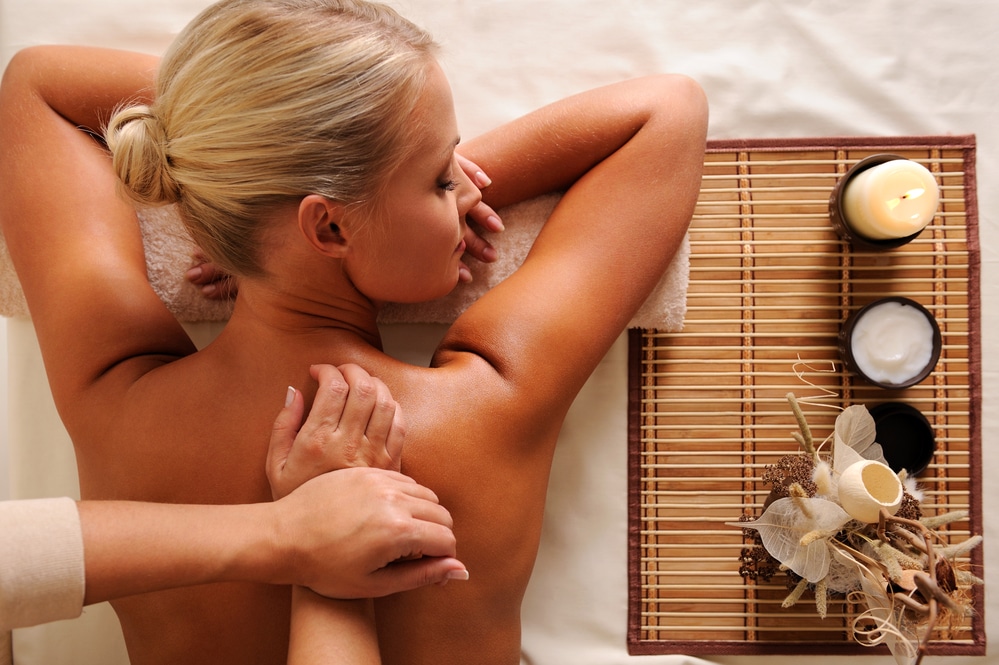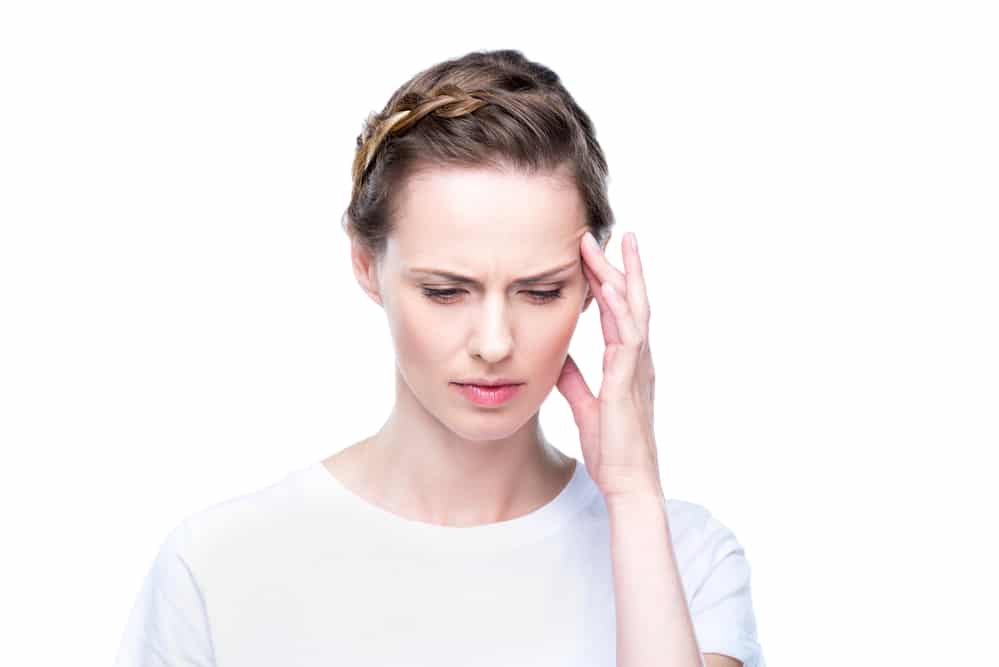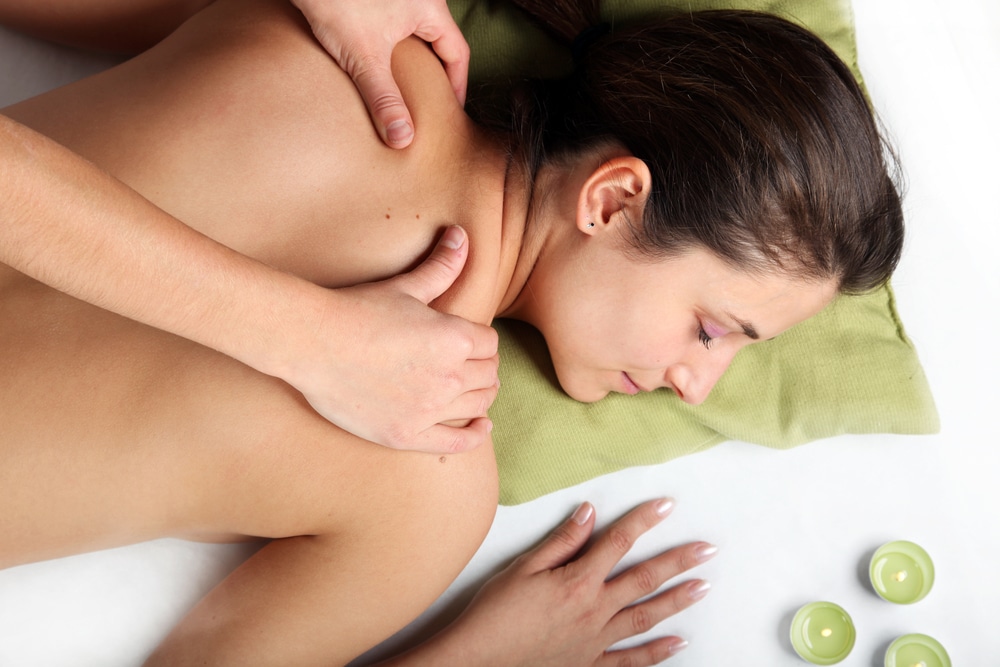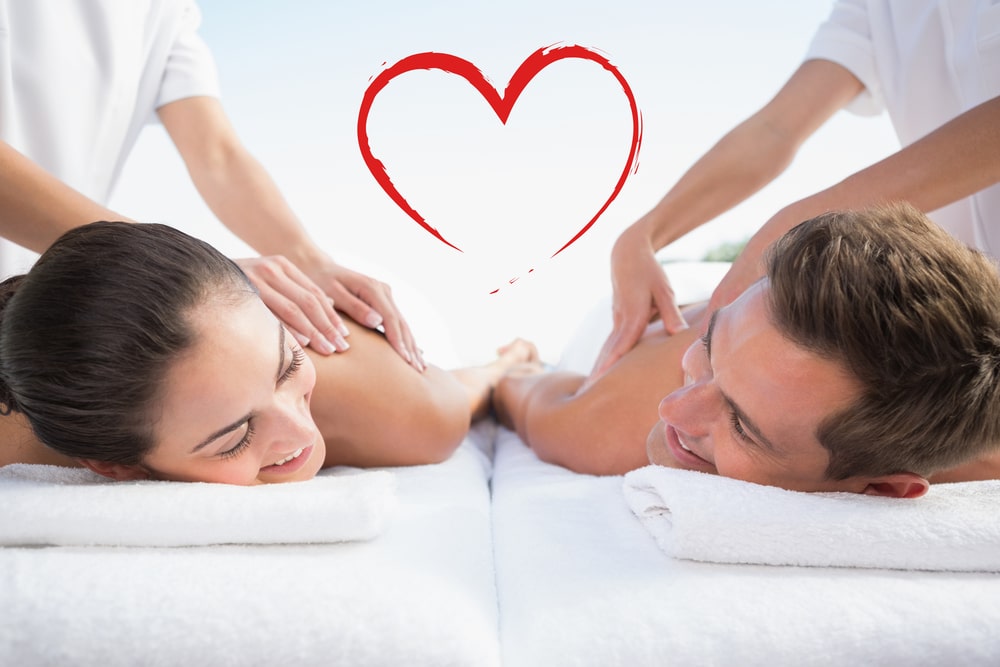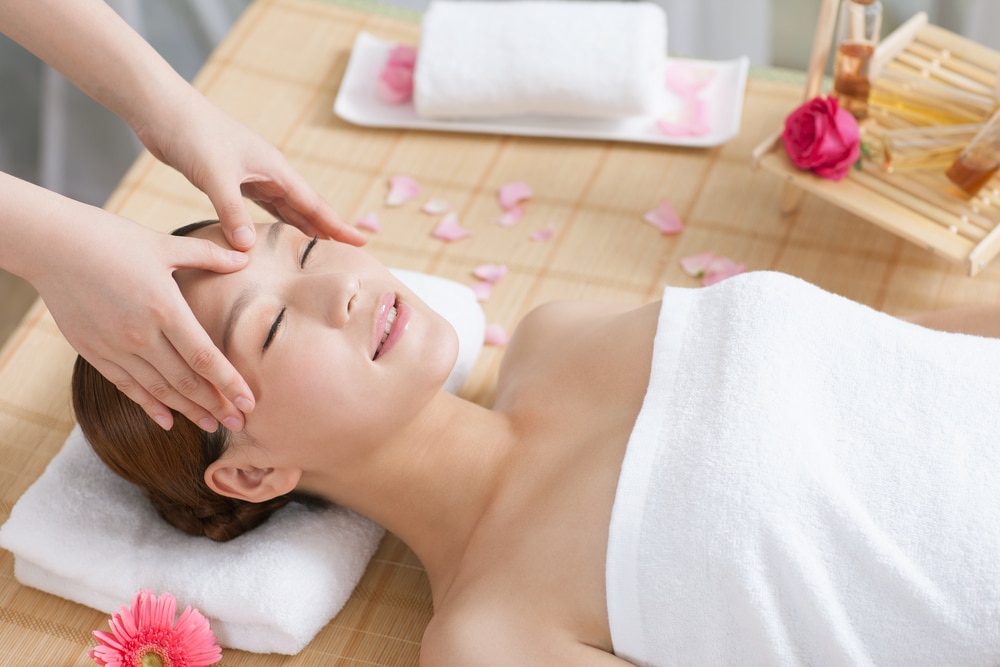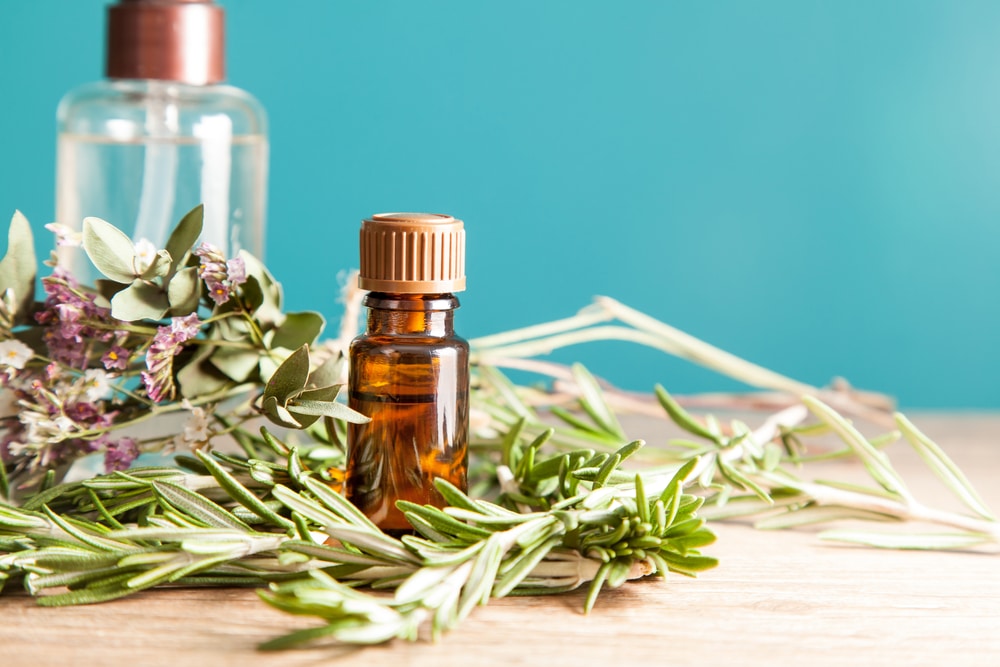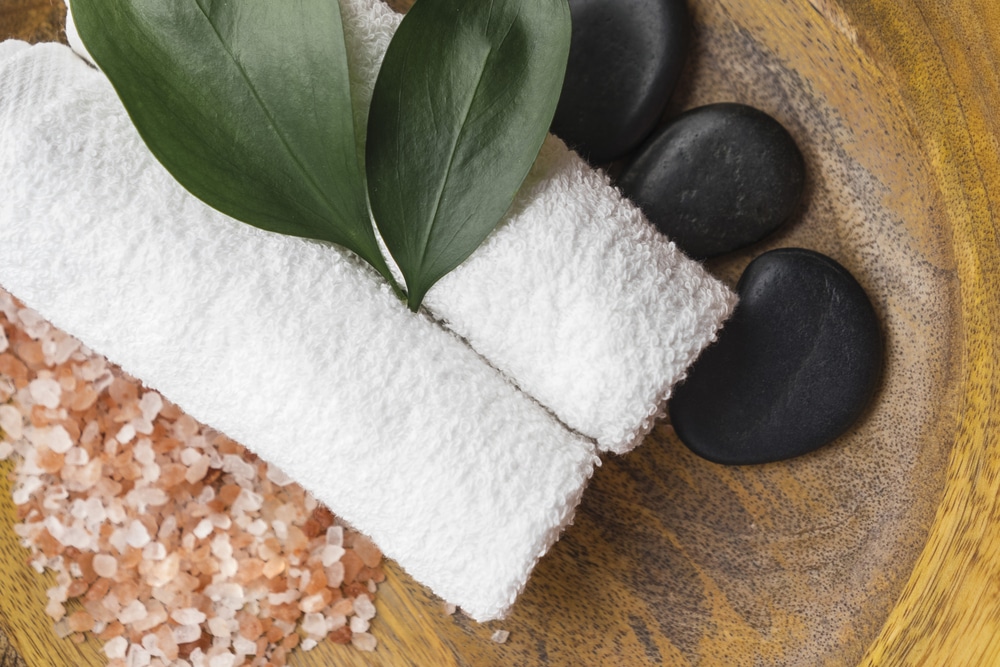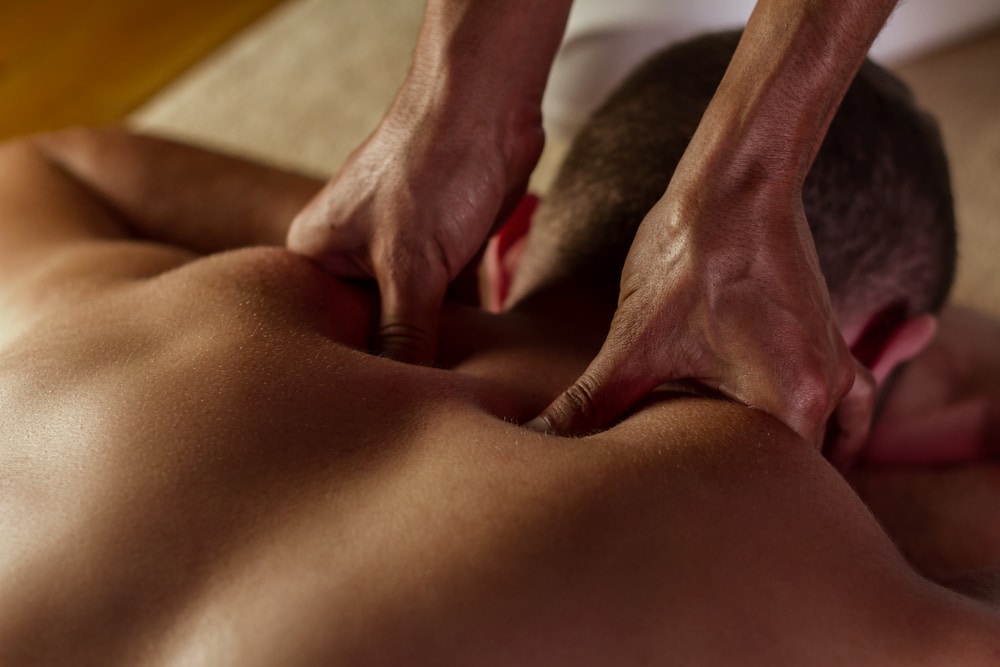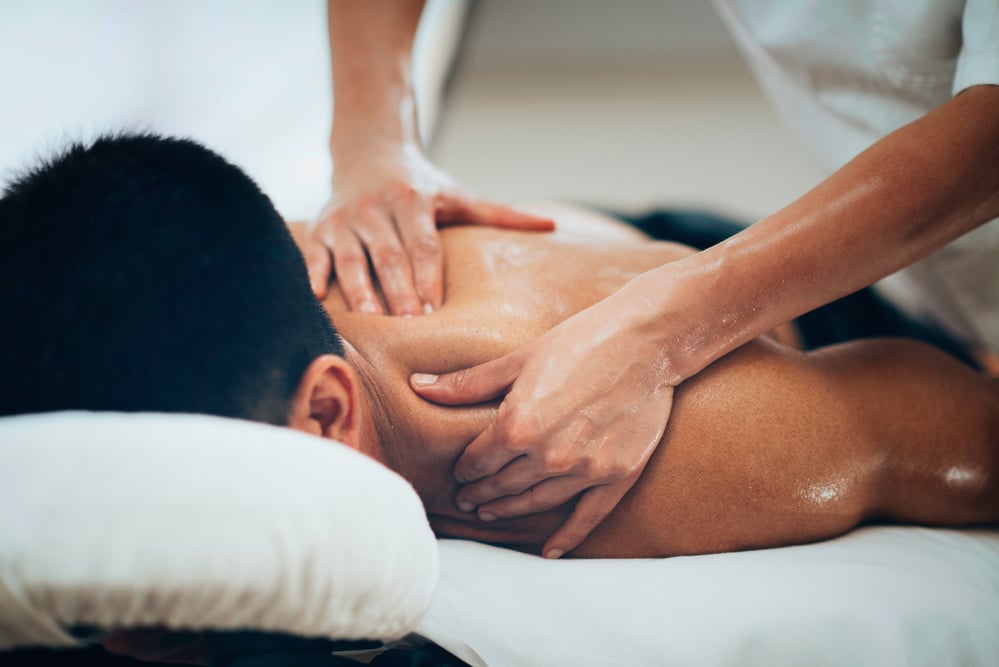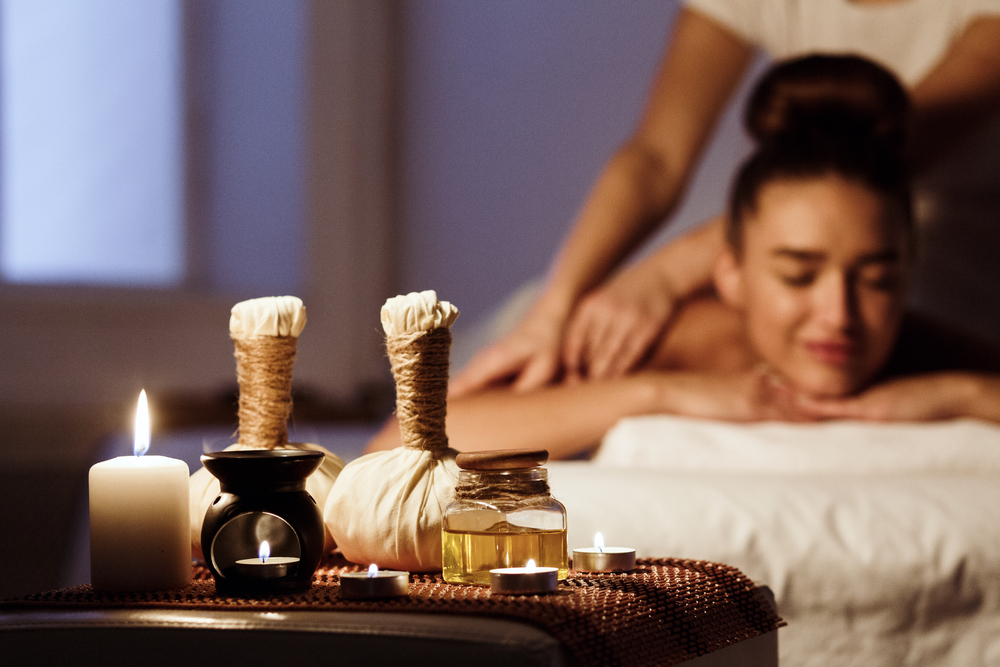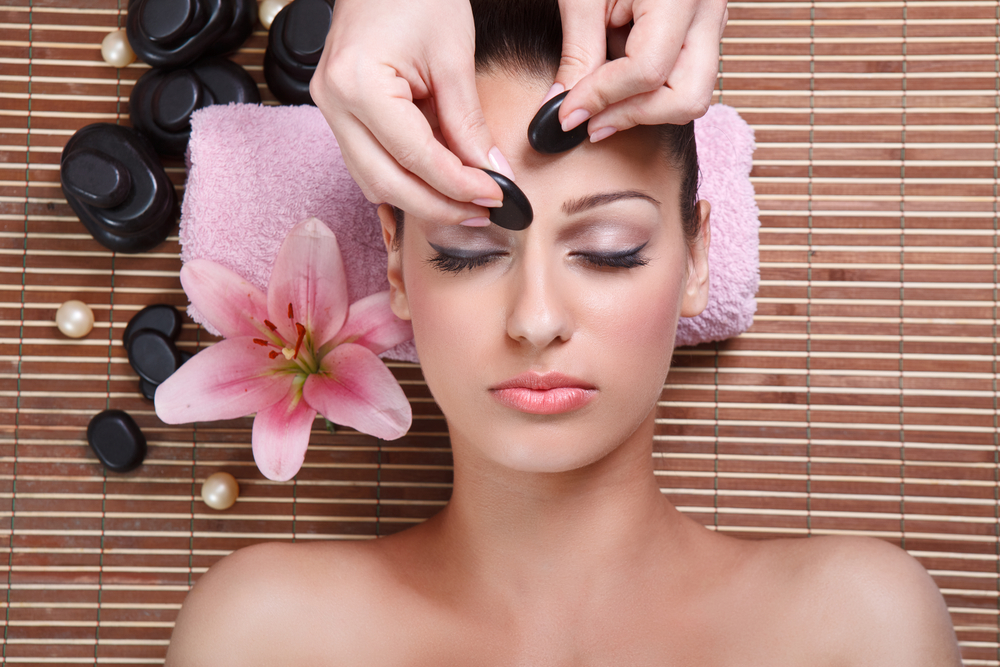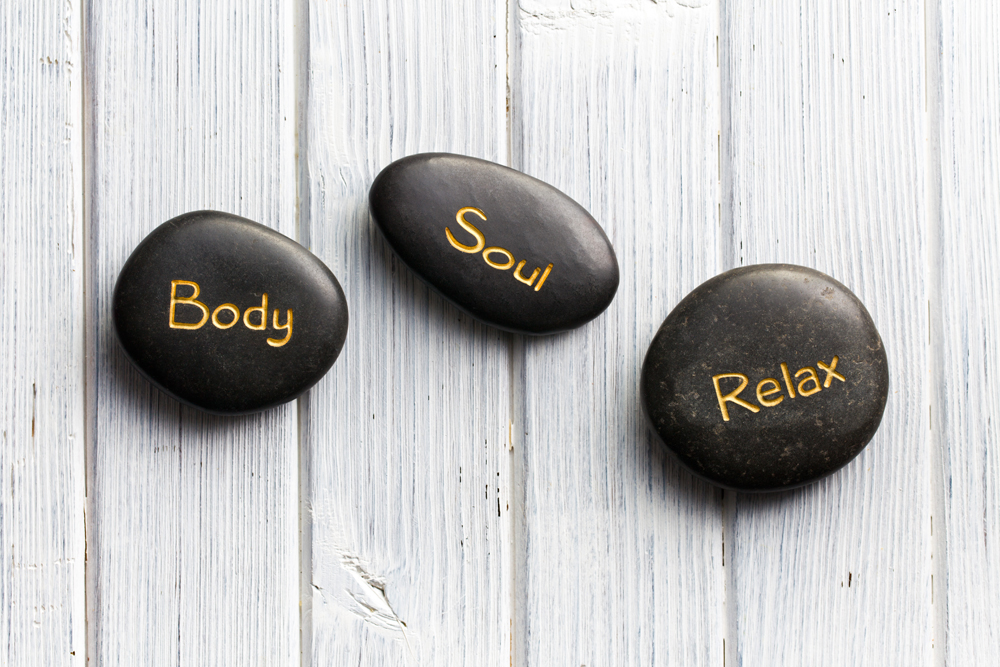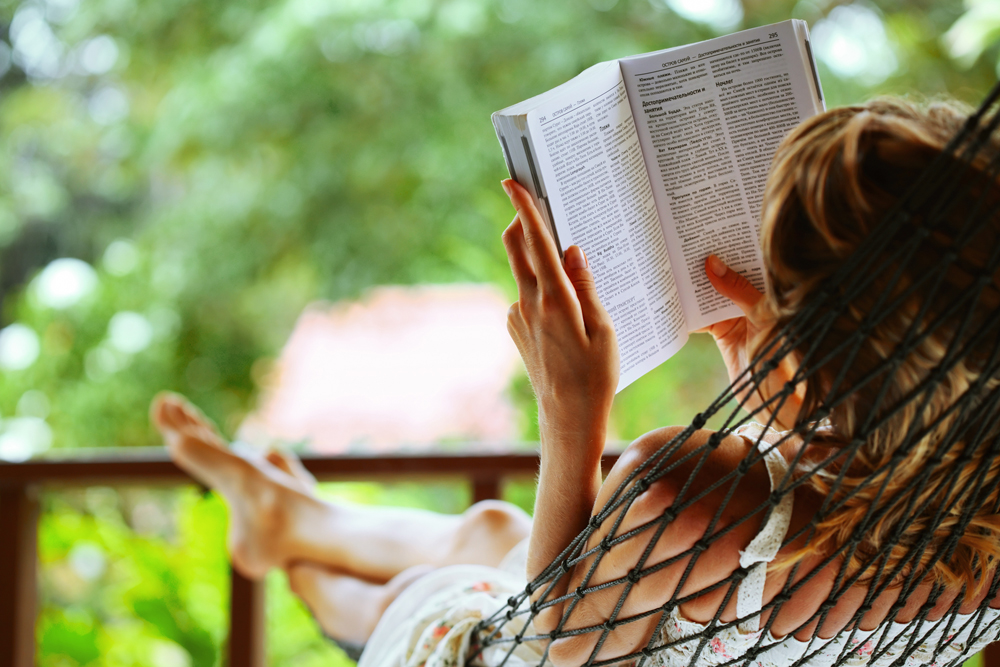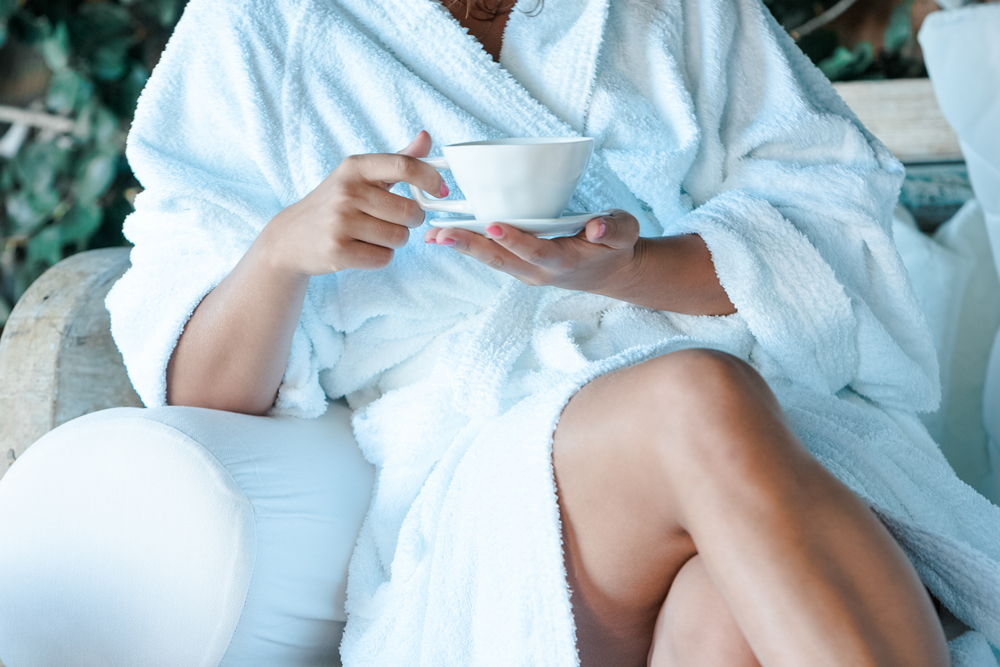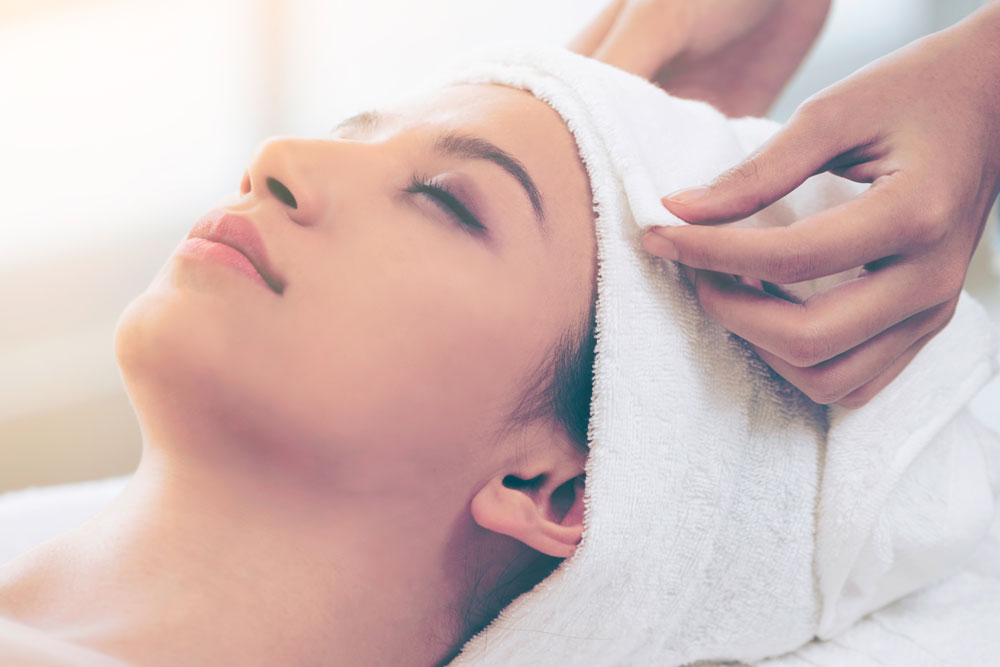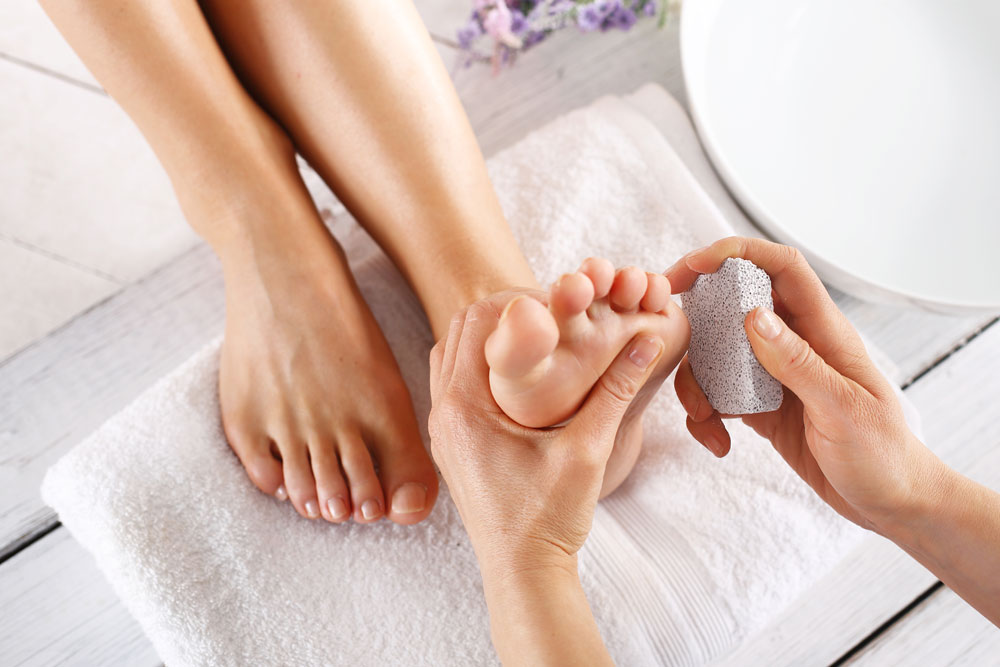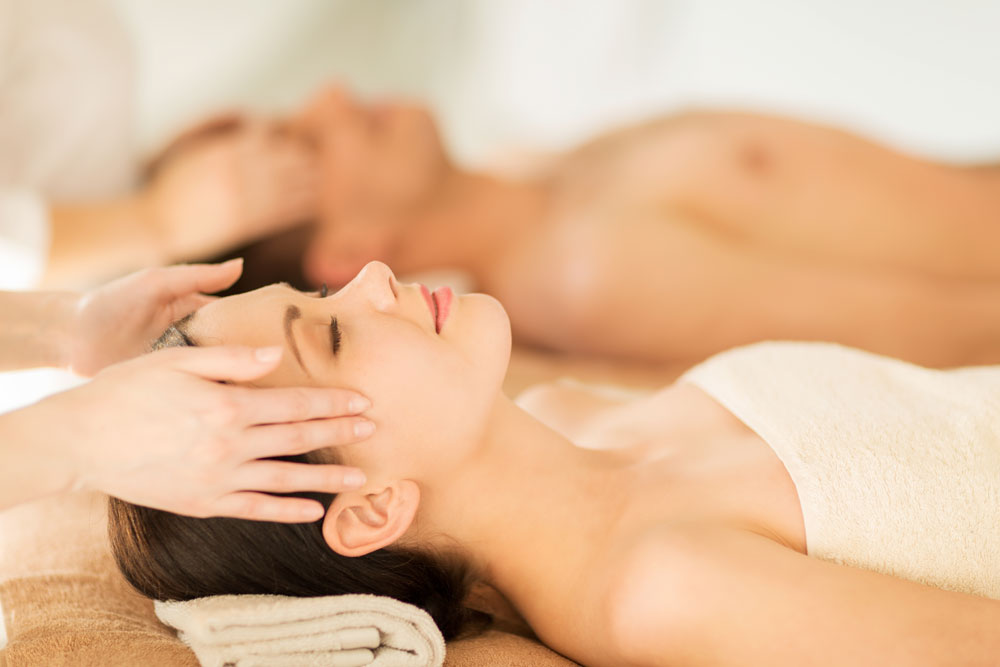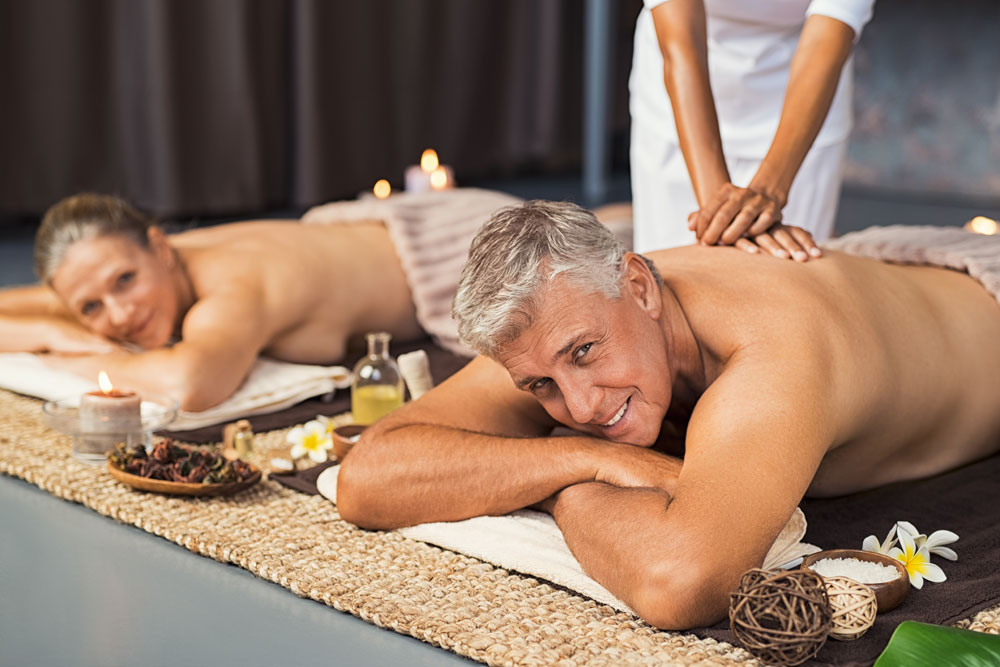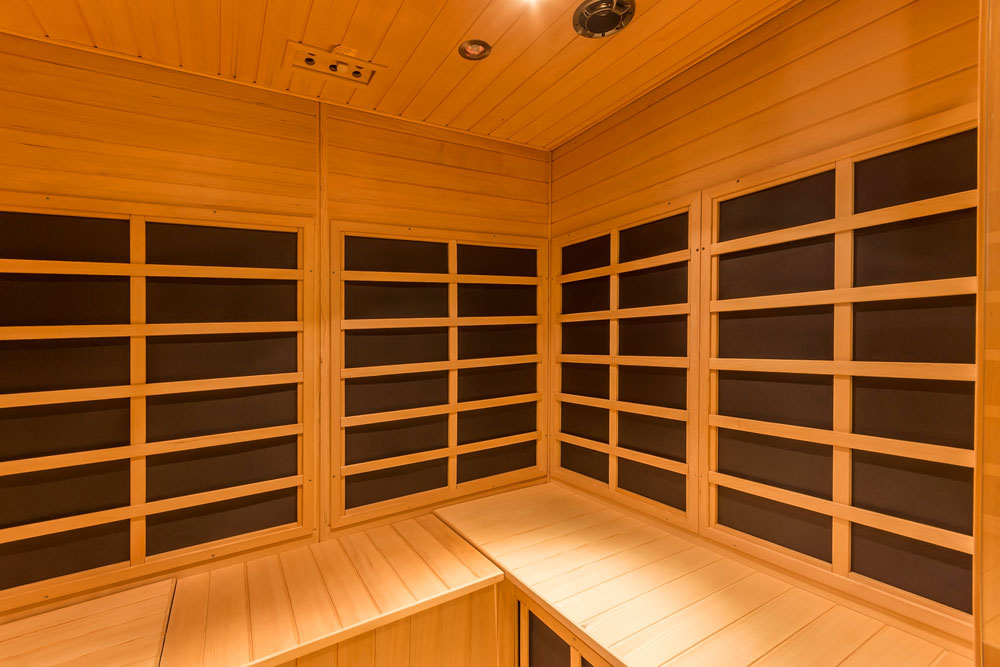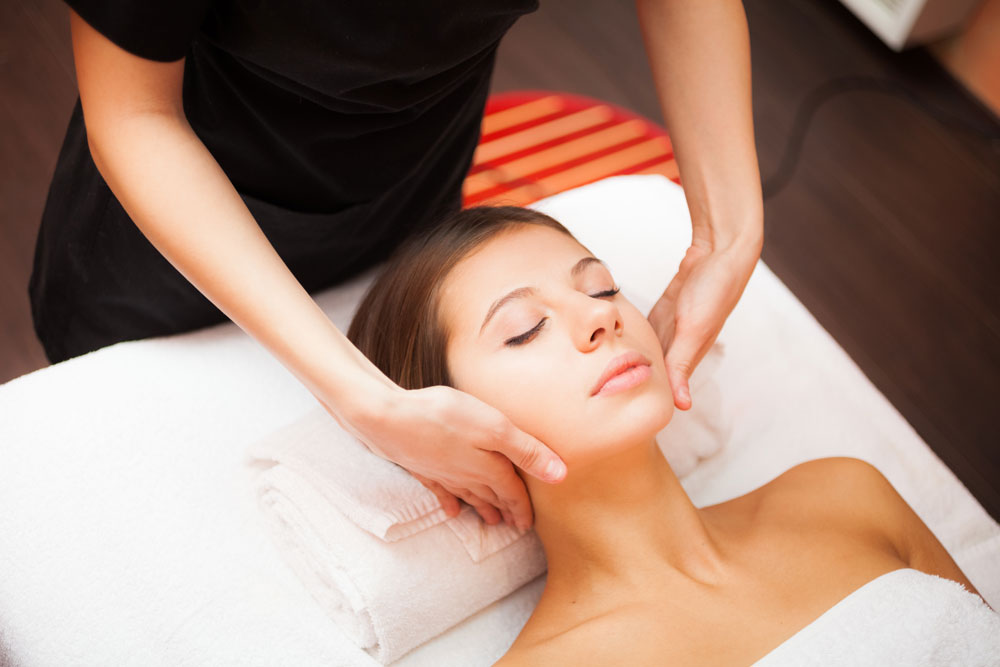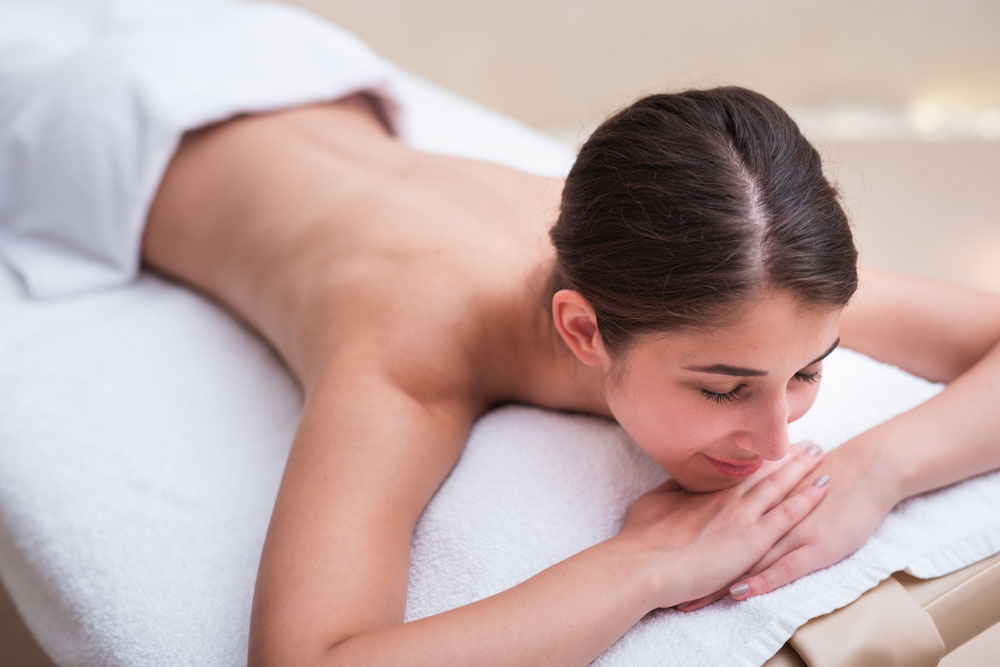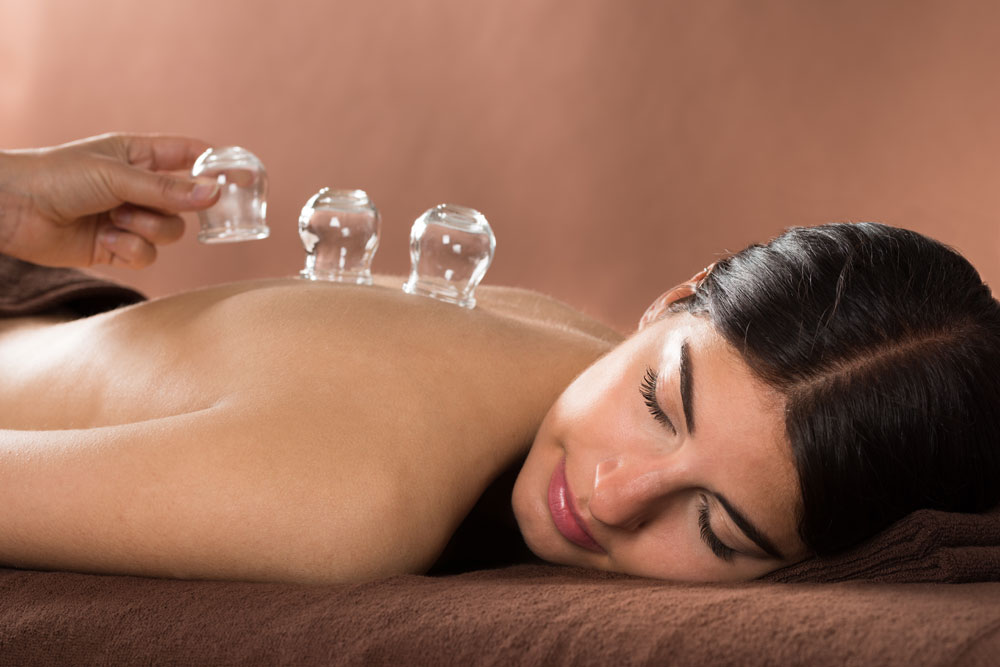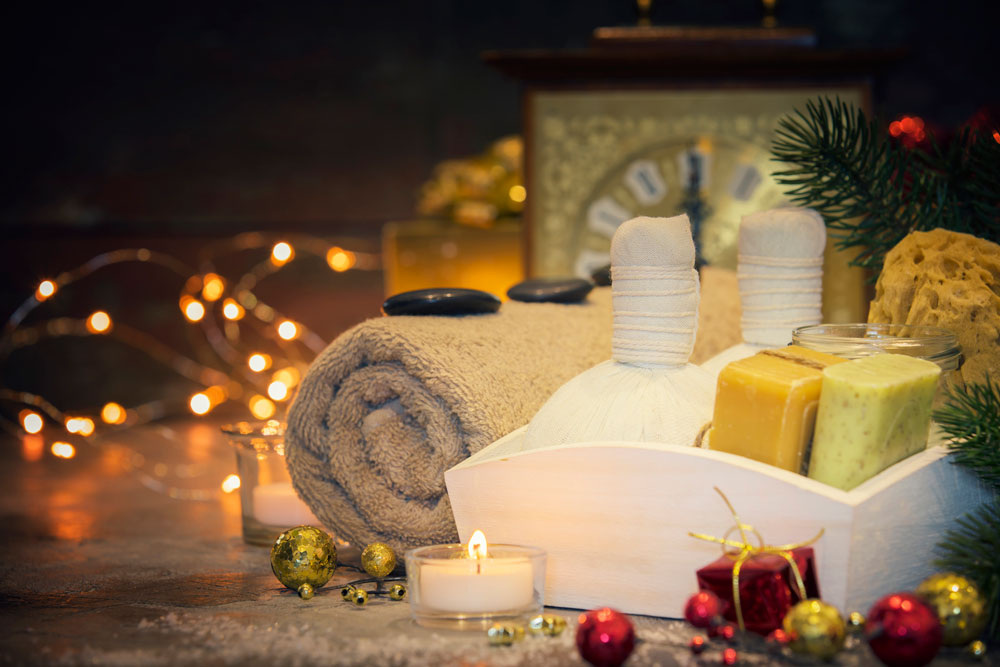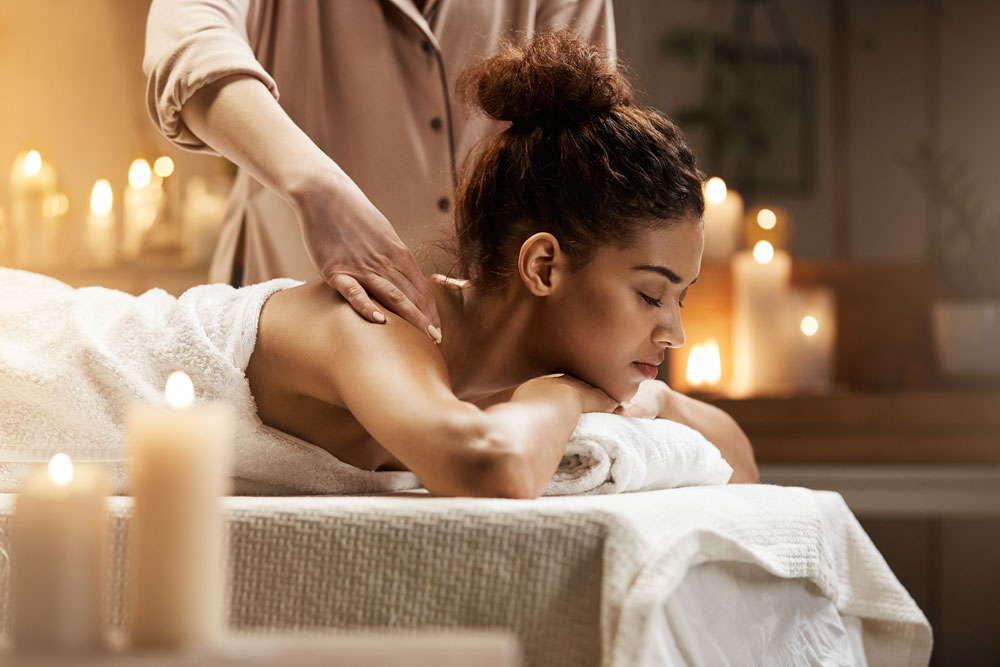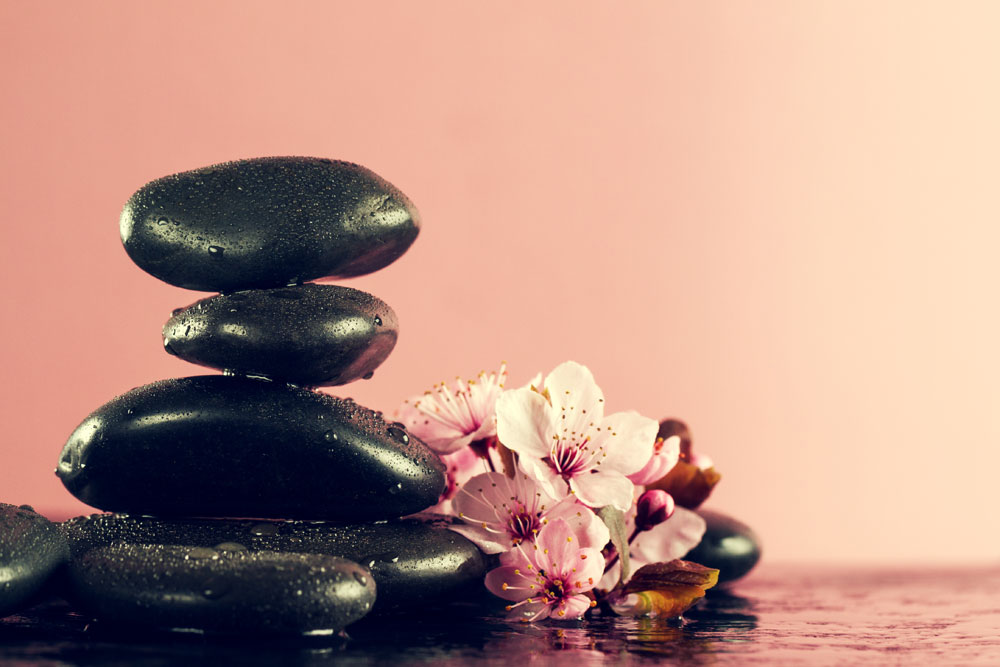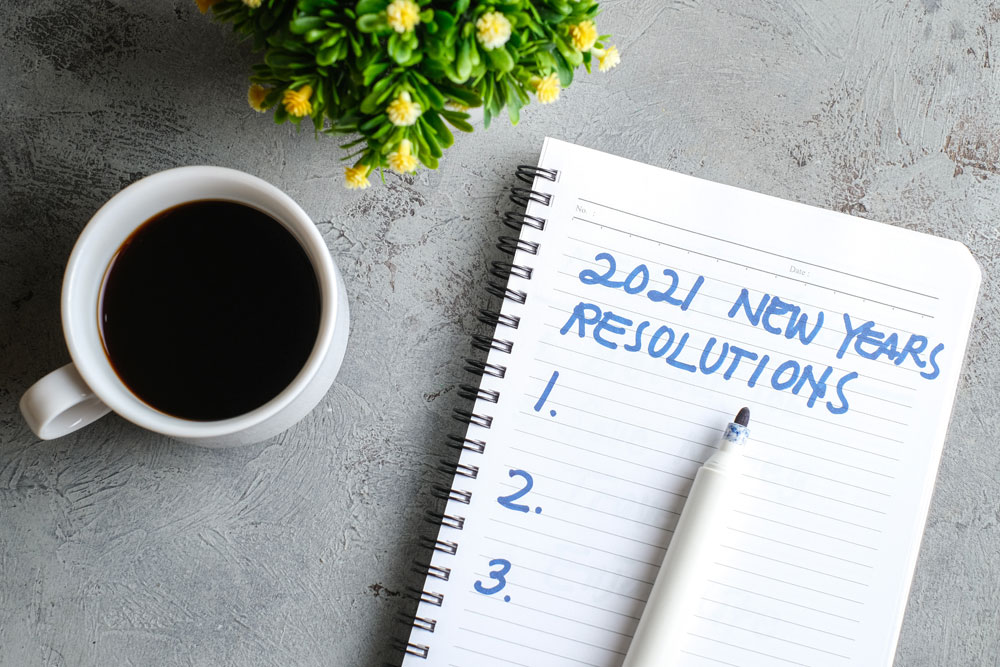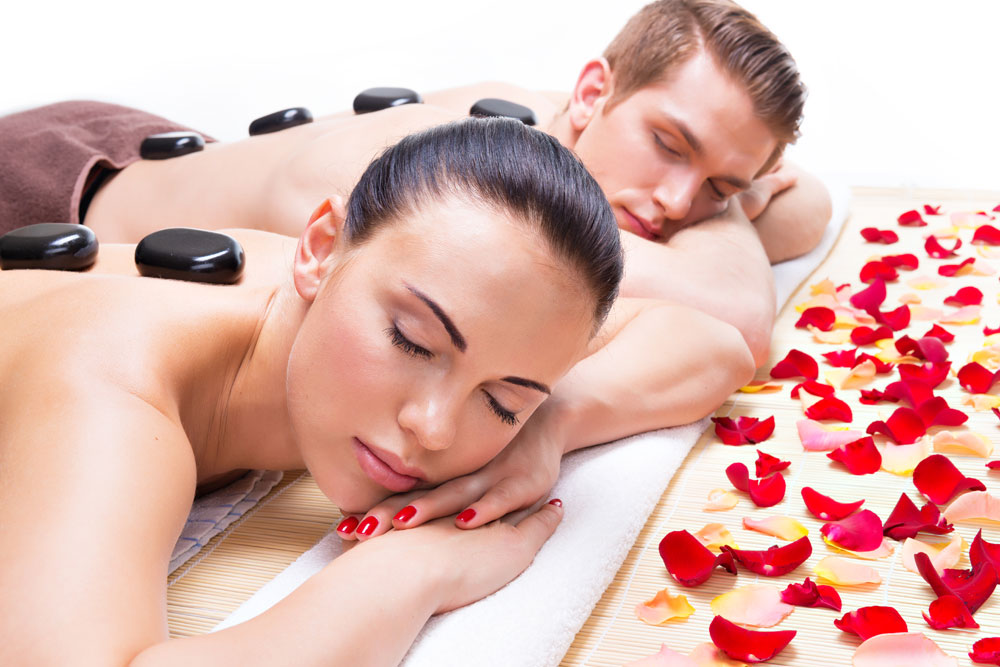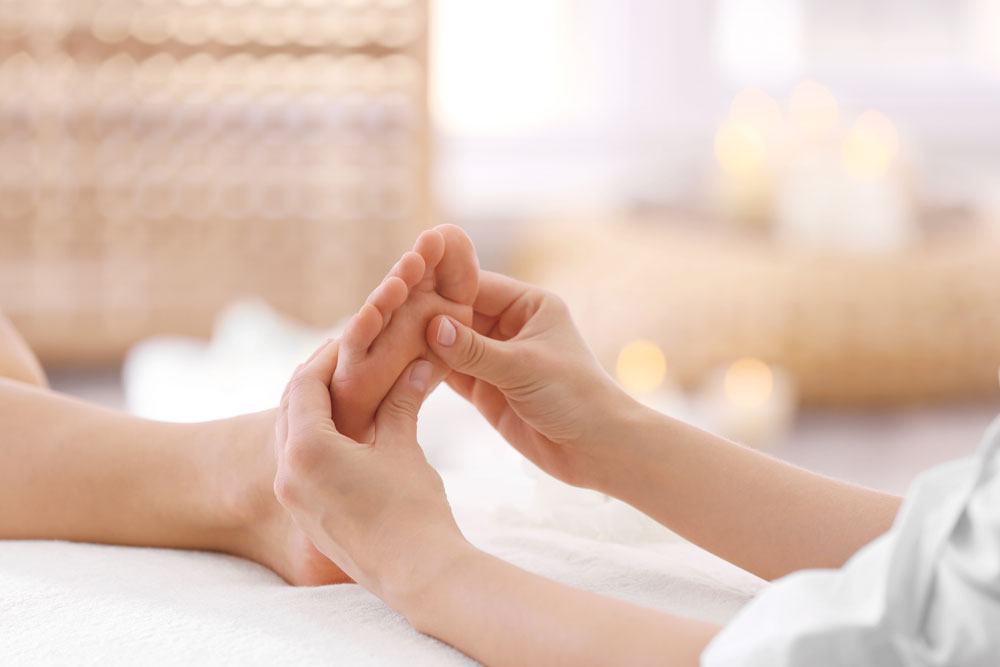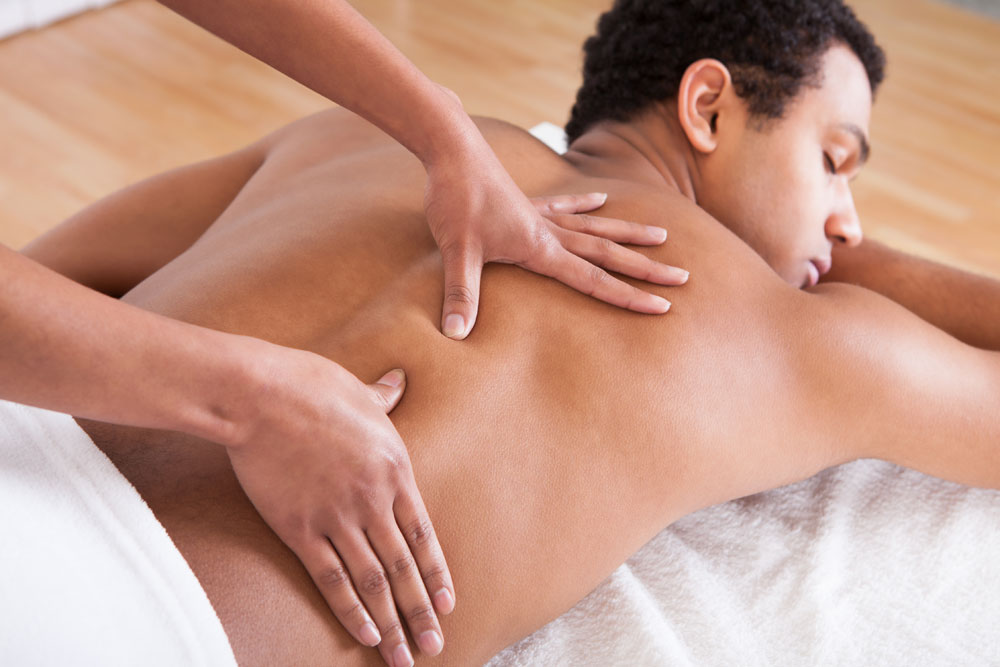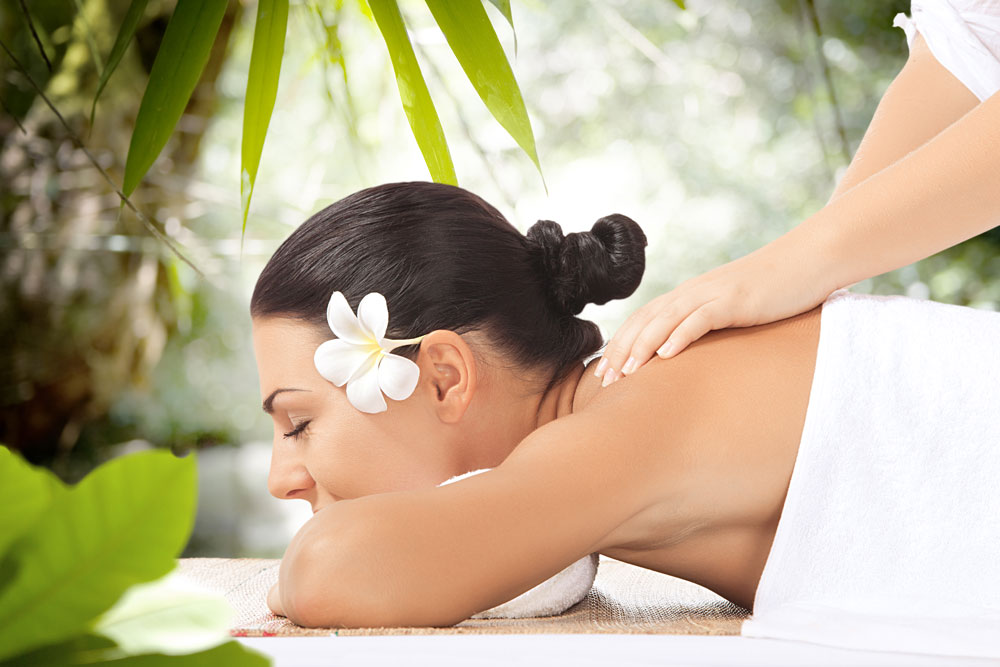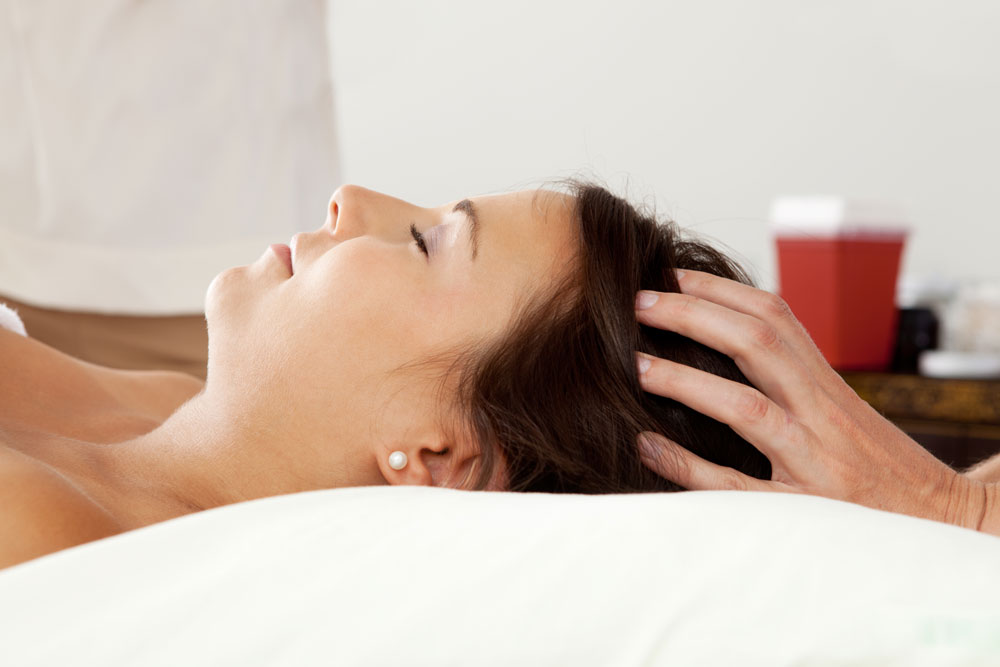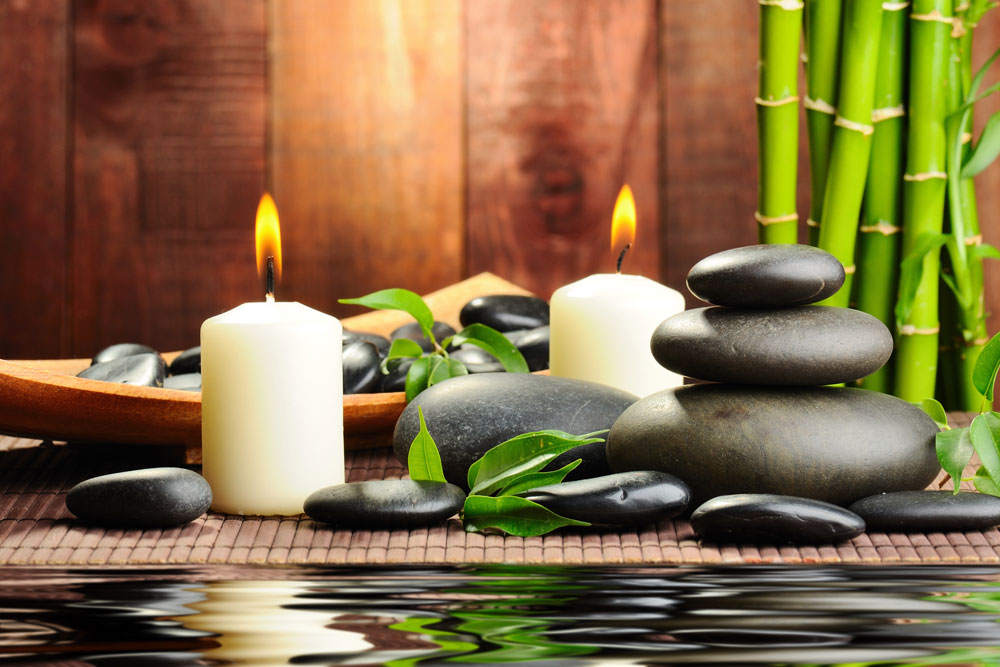[et_pb_section fb_built=”1″ admin_label=”section” _builder_version=”3.22″ fb_built=”1″ _i=”0″ _address=”0″][et_pb_row admin_label=”row” _builder_version=”3.25″ background_size=”initial” background_position=”top_left” background_repeat=”repeat” _i=”0″ _address=”0.0″][et_pb_column type=”4_4″ _builder_version=”3.25″ custom_padding=”|||” _i=”0″ _address=”0.0.0″ custom_padding__hover=”|||”][et_pb_text admin_label=”Text” _builder_version=”3.29.3″ background_size=”initial” background_position=”top_left” background_repeat=”repeat” hover_enabled=”0″ _i=”0″ _address=”0.0.0.0″]
Do you have sore, stiff muscles? Are you suffering from circulation problems? Are you frustrated by the fact that traditional massages don’t seem to work for you? You might benefit from something called asian cupping therapy.
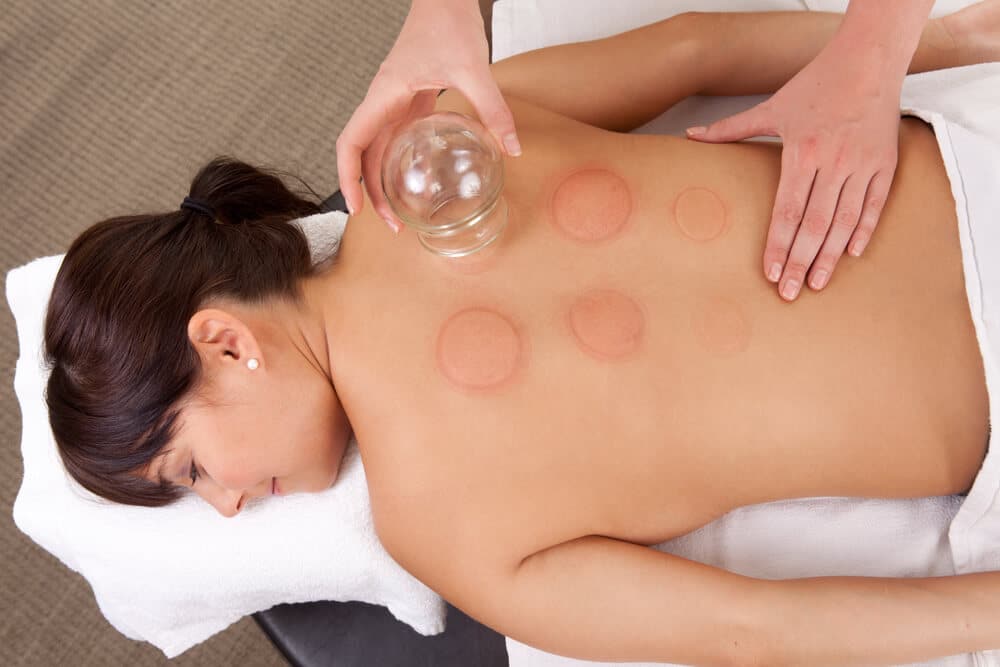
What is Cupping?
“Cupping” is an ancient form of therapy from the east. It’s been practiced by healers since 1500 B.C., and it’s an accepted form of medicine in China, Korea, Egypt, Taiwan, Laos and many other countries. It’s sometimes referred to as “Asian cupping” since it’s such a popular practice in that region.
Cupping is a bit more obscure in western countries like the U.S., but it’s slowly gaining traction as a holistic form of medicine. You won’t find it in major hospitals, but there are spas, clinics and alternative health centers where cupping is offered alongside things like acupuncture and aromatherapy.
What is cupping? How can it help you? Let’s dive into the details of this ancient art
Cupping: A General Overview
When you get asian cupping therapy, your therapist will place cups on your body and suction your skin and muscle into them. It’s the opposite of a massage: Instead of pushing down on your tissue, you’ll be pulling it up.
The benefits of asian cupping therapy are related to the increased blood flow of the area. You can relieve stiffness, reduce inflammation, draw out toxins and get rid of stagnation in your pressure points. Because of its wide-ranging advantages, cupping can be used to treat everything from arthritis to fibromyalgia.
There are several different ways that you can enjoy cupping:
- The more traditional methods involve heating the cups with a flame and using alcohol-soaked pads to create suction as the oxygen is burned off.
- More modern methods will forego the flame and use a manual suction pump that attaches to the top of the cup.
- Wet cupping involves cutting into the skin and drawing out bad blood.
- Gliding cupping will move the cups around with the help of massage oil.
As you can see, you’ll have plenty of options when it’s time to choose your cupping method!
Cupping may or may not be painful. Some people only experience a throbbing or tingling sensation; others feel an ache, but it mixes with the endorphins of pain relief and deep muscle stimulation, so it’s not unlike the ache of a good massage. It’s recommended that you start slow with cupping so that you can judge your reaction and pain tolerance to it. Get 2 – 3 cups on your first visit before moving onto an entire arm, leg or back cupping
Health Benefits of Cupping
Cupping can be used to treat a variety of medical issues, including:
- Chronic pain. Cupping is one of the most popular forms of alternative medicine for pain relief. It can increase the circulation to muscles, tendons, joints and organs and soothe all of your stiffness and inflammation. It can also give you a rush of feel-good endorphins to combat your pain receptors.
- Bronchial issues. If you suffer from allergies or asthma, cupping might help with your congestion. Certain forms of cupping incorporate the qi-centered techniques of ancient Chinese acupuncture; the cups are placed on particular points of the body to dispel stagnant blood and lymph fluids.
- Skin disorders. There’s been some evidence to suggest that cupping can help with acne and eczema. It might also benefit facial paralysis. Cupping can stimulate the skin, draw out impurities, reduce puffiness and increase the production of new skin cells. It can also calm the stress and anxiety that causes flare-ups in the first place.
- Blood disorders. Since cupping is based on the idea of better blood flow, it can be used in conjunction with other treatments to treat blood disorders like anemia and hemophilia.
- Headaches. Are you plagued by migraines? Cupping can reduce headache symptoms like pain, nausea, blurred vision and sensitivity to light and sound. Just let your therapist know that you need the treatment in a dark room with minimal noise.
- Compromised immune systems. The increased circulation from cupping can help you recover faster from illnesses and injuries. It’s the same principle as applying heat to a swollen ankle to stimulate the blood flow and promote healing; cupping just creates its own heat and flow.
- Mood disorders. Asian Cupping therapy can be used to reduce the symptoms of anxiety, depression and other mood disorders. The psychological benefits are often just as profound as the physical ones.
Types of Cupping
There are several different types of cupping, and the best one for you will depend on your exact wants, needs, allergies, sensitivities and medical issues. Here are a few things that you might consider when looking into cupping:
- Wet versus dry cupping. Wet cupping involves a mild form of blood-letting. Your therapist will create small, shallow cuts to draw blood from your body during the suctioning process. Dry cupping is bloodless, but note that it might not be literally dry; it might still involve things like water, alcohol or massage oil. It simply won’t draw blood
- Fire cupping. Instead of using a pump to create suction, fire cupping will apply a controlled flame to an alcohol-soaked cotton ball to burn off all of the oxygen in the cup. When done correctly, it won’t burn your skin at all. It will just create negative pressure for a natural suctioning process.
- Gliding cupping. Also known as “sliding cupping,” this form of cupping will have your therapist gently move the cups back and forth on your skin. It can generate warmth and promote healing and purifying even better than stationary cups
- Cupping with different materials. Cups can be made from glass, plastic, ceramic, brass or bamboo. Extra material inside of the cups can range from water and ozone to herbal treatments with mugwort. If you have any questions about the materials that might be used on you during the cupping process, ask your therapist.
Book an Appointment for Cupping
If you’re intrigued by the ancient art of cupping, consider booking an appointment with the Qi Massage & Natural Healing Spa at 336-407-6644. We’re trained in all forms of Asian cupping, and we’d be happy to help you with your first steps towards a healthy, wholesome life!
[/et_pb_text][/et_pb_column][/et_pb_row][/et_pb_section]
